|
Patricia Tóth was born and raised in Hungary, but when it comes to making wines, she is pure Sicilian! Patricia is head winemaker at Planeta, where she specializes in wines from the volcanic terroir of Etna. I had the pleasure of meeting Patricia at a Winemaker’s Luncheon a few weeks ago to discuss and taste the wines of Etna. Patricia is quite engaging and her enthusiasm and passion for winemaking are contagious. Patricia told us that she always wanted to be a veterinarian, but fortunately for wine enthusiasts, her love of science took her down another path. She said, “I applied my interest in microbiology and decided to study Food Sciences at the university.” Patricia earned a degree in Food Engineering with a specialty in Procedures of the Fermentation Industry (wine and spirit fermentation) from the Corvinus University of Budapest in 2004. After graduation, she traveled between Italy and Hungary working as a winemaker for wineries in Hungary, Friuli and Piemonte. Her first connection with Planeta was during the 2005 harvest. She officially joined Planeta’s winemaking team full time in 2009. Patricia has been living on Etna for the past six years where in her spare time she cares for her own four-acre vineyard, growing only white varieties such as Furmint and Riesling. However, as head winemaker at Planeta, Patricia’s days are quite full, not allowing much time for idle hours. She is in charge of production and startup for the organization of the new estates on Mount Etna and Capo Milazzo. Patricia is also responsible for the Buonivini and Dorilli Cellars and all the sustainable farming projects. Impressive, right? Planeta was founded in 1985, but its family history of agriculture and winemaking in Sicily spans five centuries and seventeen generations. As seen on the map below, Planeta has five estates spread out from east to west in Sicily. The first vines were planted at Ulmo in 1985 and by 2015 they established their 6th winery, La Baronia at Capo Milazzo. Mount Etna is located on the northeastern corner of Sicily. Planeta has 32 hectares here of which 28 hectares of vines are in production. The vineyards are located on 4 different slopes, each with a different altitude. The volcanic soil is rich in stones and minerals but can vary in quantity, dimension and soil depth on the different terraces. Patricia said, “Etna is a map of eruptions as pertains to soil and grapes.” As one ascends the mountain the volcanic soil tends to get richer and darker from the lava flow. Temperatures vary from one area of the volcano to another, with Alpine conditions at the top and typical Mediterranean climate descending the mountain. An active volcano that provides black volcanic soil along with cool climate growing conditions and plenty of sunshine makes Etna an ideal location for making crisp white and racy red wines. I asked Patricia if living and working on an active volcano was worrisome. Patricia said, “We are happier when there are small eruptions as opposed to being silent. If it were silent then the pressure would start to build and that is not good.” Planeta planted their first vineyard on Etna in 2008, located on the north side. The first grapes they planted were Nerello and Carricante vines. We tasted through seven wines during a six-course meal of Japanese cuisine. All the wines paired beautifully with the meal. Brut Metodo Classico Sicilia DOC NV is made with 100% Carricante, handpicked from their highest vineyard, Sciaranuova at 850 meters above sea level. Lovely floral and citrus aromas segue to a delicate palate of subtle fruit, citrus, green apple and stone fruit. This is a dry wine with a creamy mouthfeel. Alcohol: 12.5% SRP: $39.99 Etna Bianco DOC 2017 is 100% Carricante handpicked from the Montelaguardia vineyard at 690 -720 meters above sea level. Aromas of white flowers, citrus, and stone fruit give way to a juicy palate of stone fruit, yellow plum and a nice expression of acidity. Alcohol: 13% SRP: $30.99 Eruzione 1614 Carricante Sicilia DOC 2016 is 90% Carricante and 10% Riesling. The grapes are sourced from the Sciaranuova vineyard. Patricia noted, “The Carricante is more compact and sharp at the higher elevation.” Aromas of stone fruit, citrus, honeydew and tropical notes segue onto the palate with a boost of minerality and lemon zest. Alcohol: 13% SRP: $42.99 Etna Rossa DOC 2017 is 100% Nerello Mascalese. The grapes are harvested from Pietramarina vineyard at 510 meters above sea level. Cherry, strawberry and a hint of baking spice envelope the nose while the palate offers red fruit, raspberry and pomegranate. Hints of pepper dance with floral notes on the finish. This wine is smooth and well structured. Alcohol: 14% SRP: $30.99 Eruzione 1614 Nerello Mascalese Sicilia DOC 2016 is a blend of 91% Nerello Mascalese and 9% Nerello Cappuccio. The grapes are sourced from three vineyard locations representing different altitudes. This wine has a lovely bouquet of red fruit, cherry, herbs and roses. The palate offers ripe fruit, spice, floral and hints of vanilla and pepper on the finish. Alcohol: 14% SRP: $42.99 Nocera Sicilia DOC 2017 is 100% Nocera. The grapes are handpicked from La Baronia vineyard at an altitude of 30 meters above sea level. La Baronia is on Capo Milazzo in the province of Messina, which is surrounded by the sea. This is a marine red wine with engaging aromas of red berries, juicy cherries, plum and floral. The palate offers lush fruit, a hint of herbs, smooth tannins and a dash of salinity on the finish. Alcohol: 13.5% SRP: $30.99 Mamertino DOC 2016 is a blend of 60% Nero d’Avola and 40% Nocera. The grapes are handpicked from La Baronia vineyard. Aromas of dark cherry, red fruit and sweet spice are followed by a rich expression of dark and red fruit, cherry, blackberry, dark chocolate, espresso, spice and lively tannins enveloping the palate. Alcohol: 13.5% SRP: $35.99 All of the above wines are of good quality and express the uniqueness of Etna and its dark volcanic soils. They are definitely worth exploring!
When asked how the local winemakers are receiving the “influx” of bigger wineries making a home on Etna, Patricia replied, “The local winemakers need our expertise and connections. We need their experience with the land. We impart this to one another.” And in turn, Planeta and Patricia are providing us with an opportunity to enjoy their delicious wines! Until next time… Cheers! Penina To leave a comment or if you have an inquiry, please contact me at [email protected] Last spring while sorting out wine from our restaurant days, we unearthed a case of Baglio Di Pianetto 2002 Piana Del Salici Merlot from Sicily. Coincidentally, just days before discovering the wines I received an invitation to join a press trip that included a two-day visit to Baglio Di Pianetto! How perfect! It was an amazing trip that took place at the end of June and was filled with breathtaking scenery, expressive wines and outstanding cuisine. Baglio Di Pianetto knows how to entertain! Please click on the following link to read my story about the winery, its history and their 100% organic wines. http://thewineknitter.com/1/post/2018/07/day-658-viaggio-in-sicilia.html In addition to tasting a multitude of their impressive wines, I had the opportunity to drink the Salici Riserve 2012 IGT Sicilia 100% Merlot. Here are my notes: The aromas are intense with notes of dark berries, cherry, floral, and cloves. The wine is full-bodied and the palate is layered with dark raspberry, blackberry, plum, anise and subtle spices. The finish is long and jammy with velvety tannins. Superb! So with that in mind, I opened the 2002 IGT Piana Del Salici Merlot today. The color is deep garnet bordering on tawny. The aromas are of fig, dried fruit and hints of dark fruit. The palate is at the end stage of tertiary flavors such as cooked blackberry, earth, and savory with a hint of sour cherry and caramel. Unfortunately, this particular bottle did not hold up as well as some of the others in the case. Although I didn’t taste the other wines, I was told that they were still vibrant with dark fruit and subtle spices. I look forward to opening the remaining bottles with the hope of a more positive outcome! Until next time…
Cheers! Penina To leave a comment or if you have an inquiry, please contact me at [email protected] When one thinks of red varietals from Sicily, Nero d’Avola usually comes to mind. Nero d’Avola is one of the oldest indigenous grapes of Sicily and the most widely planted red variety. Perricone is also a red grape variety that is indigenous to western Sicily. Due to its full body and assertive tannins, Perricone is largely used for blending with lighter Sicilian grapes. However, with careful grape selection, low yields and skilled winemaking techniques, drinking 100% Perricone is a treat. I had the opportunity to taste Perricone for the first time while on a press trip to Sicily in April 2017. It was at the home of Fabio Sireci, owner, winemaker and third generation of Feudo Montoni. Located in western Sicily, Feudo Montoni sits high up on a mountain, surrounded by vineyards and wheat fields in a commune called Cammarata in the Province of Agrigento. My afternoon at Feudo Montoni was quite memorable. In addition to learning its history and touring the winery, we dined on exceptional cuisine and educated our palates with Fabio’s amazing wines. To learn about Feudo Montoni and my visit there, please read my story: http://thewineknitter.com/1/post/2017/05/day-573-sicily-part-three-feudo-montoni.html The Perricone that we tasted that afternoon was a 2015 Perricone del Core. “Core” means “heart” in Sicilian and it is the name of the vineyard where Perricone grows. The vines in the Core vineyard are 40+ years old and were grafted by hand onto wild plants. All the farming and wine is certified organic beginning with the 2013 vintage. The grapes are handpicked and vinified within one hour after the cutting. Maturation in barrels is moderate because Fabio feels that “the wood should never overpower the personality of the wines”. The Perricone aged for 3 months in barrels. Not too long ago I was in a wine store and on display was Feudo Montoni 2015 Perricone del Core! And yes, of course I bought a few bottles! It was exciting to taste the 2015 Perricone again, 18 months later. The color is dark ruby with a purple cast. The aromas are heady with red berries, blackberry and floral. The palate is layered with dark raspberry, blackberry, dark plum, fennel and hints of vanilla and spice. Pepper and cocoa linger on a long finish. This is a full-bodied, expressive wine with soft tannins and a velvety mouth-feel. Allow 20 to 30 minutes for the wine to open prior to serving. Pair with aged cheese, spicy food, grilled or braised meat and stews. Alcohol: 13.5% SRP: $20 There is nothing better than pouring a glass of wine and letting each sip transport you back to its origins. And for a short time last evening, I imagined myself overlooking the vineyards at Feudo Montoni once again. Until next time…
Cheers! Penina To leave a comment or if you have an inquiry, please contact me at [email protected] I made my first trip to the magical island of Sicily over a year ago where I met with winemakers, toured vineyards and tasted some fabulous wines. One of my stops along the way was Feudo Arancio which is also home to Stemmari Wines located in Sambuca di Sicilia, in the southwestern area of Sicily. In addition to vineyards in Sambuca di Sicilia, they have another estate in Acate, with a total of 700 hectares of vineyards between the two estates. Sustainable farming is practiced on both estates using solar energy, recycling water and taking a green approach to winemaking. Both indigenous and international grapes are cultivated. After the grapes are harvested (by hand and machine) they are brought to the on-site production facility in Sambuca di Sicilia for vinification where most of the winemaking is done underground, providing a natural cooling environment. Recently, Stemmari debuted an extraordinary wine called Hedonis Riserva, taking Sicily’s indigenous grape, Nero d’Avola to a new level of flavor and complexity. I had the opportunity this past week to meet one on one with the winemaker, Lucio Matricardi, Ph.D. and taste the Hedonis Riserva with him. Lucio said, “Hedonis Riserva was a 10-year project in the making. We examined and tried different ways to grow Nero d’Avola and experimented with various fermentation methods". Lucio added, “ You will taste this wine and see for yourself that it is like no other Nero d’Avola you’ve ever had”. And, he was right! Lucio explained to me that the Nero d’Avola grapes are harvested in sections. Two blocks are harvested in mid-September and undergo fermentation and maceration for 15 to18 days, and then the wine is aged in French and American oak barrels for 18 to 20 months. Another two blocks of grapes are harvested at a later date, allowing the grapes time to mature further. This selection of harvested grapes is then left out to dry on flats giving them enough time for the sugars and flavors to become more concentrated. This can take anywhere from a few weeks to several months. It is called the appassimento method. After optimum drying is reached, the grapes go through fermentation and maceration for about 15 days and then the wine is aged in stainless steel tanks for 18 to 20 months. After the aging is complete for both wines, they are blended together using 50% of the wine aged in barrels and 50% of the non-oaked wine made using the appassimento method. Hedonis Riserva is 100% Nero d’Avola. The color is deep ruby with intoxicating aromas of dark berries, plum, sweet spice, fig and hints of oak. The palate is layered with juicy berries, dark cherry, pomegranate, fennel and a touch of dried fruits. Hedonis Riserva is a beautifully balanced wine with silky tannins and a very expressive presence. This is a wine that needs no food and is easy to drink on its own. However, it will pair well with a variety of foods such as meats, stews, firm fish and cheese. Alcohol: 14% SRP: $49.00 The wine label is a whimsical depiction of the wedding of Dionysus, the ancient Greek god of wine and his bride Ariadne, the immortal princess of Crete. The wine is named for the hedonist festivities performed in Dionysus honor. My compliments to Lucio Matricardi for creating a unique Nero d’Avola wine and truly capturing the essence of Sicily.
Until next time… Cheers! Penina To leave a comment or if you have an inquiry, please contact me at [email protected] Over the past fifteen months I’ve had the opportunity to visit Sicily twice. I have experienced a breathtaking array of landscapes, sampled delicious food and savored many memorable wines from west to east and north to south. My exploration of Sicily has taken me to cities and regions such as Palermo, Mazara del Vallo, Menfi, Cammarata, Catania, Marsala and Pantelleria to name just a few. Sicily is the largest Mediterranean island surrounded by the Ionian, Tyrrhenian and the Mediterranean seas. It is also the third largest producer of wine in Italy. The only parts of the island that I have not yet explored are the southeast and northeast wine regions. So, when I received a bottle of Donnafugata’s Floramundi Cerasuolo di Vittoria DOCG made from the grapes of the Vittoria area in southeastern Sicily, I was quite excited to tour this region through my taste buds! Donnafugata has wineries and 283 hectares of vineyards located throughout Sicily, including historic aging cellars at their Marsala winery. They have 18 hectares of vineyards in production in the Vittoria area, consisting of 11 hectares of Nero d’Avola and 7 hectares of Frappato. Cerasuolo di Vittoria DOCG is considered one of the most noteworthy wines produced in Sicily and it is the only wine in Sicily with a DOCG status! These wines are a blend of the indigenous grapes Frappato and Nero d’Avola. No other grape varieties are allowed in the blend. Cerasuolo means ‘cherry-colored’ in Italian. Frappato is light-bodied with low tannins and flavors of cherries and strawberries. Nero d’Avola has weight and is full-bodied with a rich texture and dark red fruit flavors. Together, they complement and bring out the best in each other. Floramundi Cerasuolo di Vittoria DOCG 2016 is Donnafugata’s first vintage from the Vittoria vineyards. It is a blend of 70% Nero d’Avola and 30% Frappato. The color is cherry red with aromas of white peony, cherry, sweet apple, spice and pepper. The palate is layered with cherries, red berries, strawberry-rhubarb pie and a touch of spice and pepper on the finish. Soft tannins and a silky mouth-feel complete this fresh and juicy wine! This is a wine that will drink well slightly chilled. Serve as an aperitif or with cheese, beef stew, hearty fish entrees and soup. Alcohol: 13.30% SRP: $30 As always, Donnafugata wine labels are whimsical and a work of art. Flora means, "flower" in Latin. And in Roman mythology, Flora is the goddess of spring and flowering plants. Mundi, loosely translated is the connection between Heaven and Earth. The Floramundi label depicts a goddess type woman conjuring up magical gifts of flowers and fruit. As Donnafugata states “it is a dialogue between two souls, the elegant and sophisticated, Nero d’Avola and Frappato”. And indeed, this wine is a beautiful marriage! To learn more about Donnafugata and Sicily, please click from the menu on the right side of this page.
Until next time… Cheers! Penina To leave a comment or if you have an inquiry, please contact me at [email protected] Recently I visited three regions in Italy: Sicily, Veneto and Puglia. Each region is stunningly unique in topography, climate, wine, food and culture. Over the next few weeks, I will be writing about my experiences and impressions of these regions, starting today with Sicily. Here are a few interesting facts about Sicily. It is the largest Mediterranean island surrounded by the Ionian, Tyrrhenian and the Mediterranean seas. It is an island rich in culture and history with human activity dating back to around 12,000 BC. Sicily is considered a melting pot of ethnicities that include North Africa, Middle East, Greeks, Romans and Spaniards to name a few. There are roughly five million people living in Sicily today, making it the fourth most populated region in Italy. Santa Cristina Gela is a village in the province of Palermo, the capital of Sicily, and this is where my story begins. Situated on a picturesque background of gently rolling hills, valleys, vineyards, olive groves and mountains rising in the distance, sits Baglio Di Pianetto, a 100% organic winery. In addition to making noteworthy wines, Baglio Di Pianetto also offers hospitality and wine-tourism. Agrirelais Baglio is a charming guesthouse with well-appointed rooms and a restaurant offering excellent traditional and local cuisine. One can relax at the pool or enjoy a quiet moment in the reading room. Here is a slideshow of the beauty surrounding Agrirelais. And, if you’re fortunate to be visiting while Count and Countess Marzotto are there, you will be warmly greeted, as we were upon our arrival! Count Paolo Marzotto began researching the art of winemaking at a young age. His research and curiosity took him to many different regions across Italy, but he finally returned to his beloved Sicily in 1997 to Baglio Di Pianetto with a determination to fulfill his dream and passion for winemaking. And now, twenty years later, he has achieved an ideal balance between “tradition and innovation”. Paying homage to the environment, Baglio Di Pianetto is 100% organic and practices sustainable production in a state of the art facility. And every bottle of wine produced tells a story of the vines, the land and Sicily. The vineyards of Baglio Di Pianetto are divided between two estates, Tenuta Pianetto and Tenuta Baroni. Tenuta Pianetto, located in Northwest Sicily, has 88 hectares that fall under the Monreale’s DOC. The high altitude, micro-climate conditions and soils of clay and siliciclastic sedimentary rocks set the stage for growing Merlot, Cabernet Sauvignon, Grillo, Cataratto, Inzolia, Viognier and Petit Verdot. Tenuta Baroni is located in Southeast Sicily, close to Noto and just a few miles from the sea. The vineyards stretch over 70 hectares and except for Syrah, most of the grapes grown here are indigenous such as Nero d’Avola, Frappato, and Moscato di Noto. Mild temperatures, with low amounts of rainfall and soils of sand and limestone are conducive to growing these grapes. Both estates have olive groves and olive oil is produced from each estate. Renato De Bartoli, past winemaker and now CEO of Baglio Di Pianetto, gave us a guided tour of the facility. All grapes go through vinification where they are grown. However, the wine from both estates is aged in vats or barriques in Pianetto. The barrique and bottle cellars are located 32 meters below ground. (see drawing below) The temperature in the processing areas is regulated using natural insulation of rock and earth that surround the levels of the cellar. All the wine is bottled and packaged here at the Pianetto Estate. After our tour of the cellar, we tasted 18 wines from both estates. The wines were impressive, food friendly and captured the essence of respect for the land that Count Marzotto set out to achieve. Baglio Di Pianetto has four collections: Classici A blend of Sicilian and French grapes Riserve Native and foreign mono-varietals Naturali Unfiltered wines introduced in 2017 Monovarietali Bio Organic mono-varietals with an emphasis on “producing wine with a distinctive Sicilian connotation”. Although each wine was quite memorable on my palate, I did have a few favorites. Ficiligno Classici 2017 DOC Sicilia is 50% Insolia and 50% Viognier Ficiligno is named after the stone found in the soil at Pianetto Estate. The color is pale yellow with fragrant floral notes. Palate offers citrus, tropical fruit, honey and minerality. Ginolfo Riserve 2013 DOC Sicilia is 100% Viognier and is named after a clastic sedimentary rock found in Santa Cristina di Gela area. The color is vibrant gold and very aromatic with tropical fruit notes, spice and pear. Palate offers tropical fruit, honey caramel and hints of anise. This is a dry wine and quite refreshing. Ramione Classici DOC Sicilia is a 50/50 blend of both estates, Merlot from Pianetto and Nero d’Avola from Baroni. Color is royal ruby with red berry, spice and fennel aromas that segue onto the palate. It is a full-bodied wine with medium tannins and a hint of candy apple on finish. Cembali Riserve 2011 IGT Sicilia is 100% Nero d’Avola. Ruby red color with exhilarating aromas of dark berries, dark plum, spice and herbs. The palate is layered with intense dark berries, pomegranate, spice, and hints of balsamic and soft tannins. Salici Riserve 2012 IGT Sicilia is 100% Merlot. The aromas are intense with notes of dark berries, cherry, floral, and cloves. The wine is full-bodied and the palate is layered with dark raspberry, blackberry, plum, anise and subtle spices. The finish is long and jammy with velvety tannins. Superb! Ra’is Essenza Riserve IGT Terre Siciliane is 100% Moscato di Noto. This is a lovely dessert wine. Color is soft amber and it is very aromatic. Palate offers apricot, orange zest and honey with hints of marzipan on the finish. It is slightly sweet, but not cloying. Prices range from about $11 to $33 per bottle and the wines are distributed in the USA and abroad. On our last night in Palermo, we went on a walking tour of the old town and dined at one of the local restaurants. Palermo was founded in 734 BC. and its architecture represents Roman, Greek and Arabic design. Several palazzi and churches in Palermo are on Unesco’s World Heritage List. A slideshow is below depicting some of the architecture in Palermo. One of many treats while in the old town of Palermo was attending a preview of ArteInTavola Exhibition at Palazzo Bonocore,(16th century). The palazzo overlooks the Piazza Pretoria, (also known as “Square of Shame” due to all the nude statues), the Church of Santa Caterina (1566-1596) and Palazzo Bordonaro (16th century). The ArteInTavola Exhibition was a display of pottery, crystal, china and silverware, both historical and modern. Our group was allowed to choose any wineglass from the exhibit to drink from. As excited as we were, it was quite a responsibility to hold the glass without fear of breaking it. I chose a Versace wineglass and was thrilled to drink Baglio Di Pianetto Ra’is Essenza Riserve from it. Sweets from the Monastery of Santa Catarina were paired with the wine. Unfortunately for us, we had to return the wineglasses prior to leaving. And no story is complete without showing you a few food and wine photos! Sicilian cuisine is a mixture of many cultures both past and present. Couscous, local fish, red prawns, sardines, artichokes and freshly made cheese can be found on most menus. And yes…let me emphasize the word FRESH…everything is fresh! Sicily has never disappointed me with the quality of wines that are produced here and Baglio Di Pianetto is no exception. These are expressive wines that tell a tale and have definitely left a memorable impression on my palate. Thank you, Count and Countess Marzotto and Baglio Di Pianetto for your gracious hospitality and most educational and fun-filled stay! Cheers to you! Until next time…
Cheers! Penina To leave a comment or if you have an inquiry, please contact me at [email protected] It’s that time of year again for outdoor concerts, picnics and pool parties. We all have our favorite recipes to make for warm weather outings and my picnic baskets are always laden with delicious treats. Water, soda and juice boxes are easy to pack since they all come in small and convenient sizes. But, how do you pack your wine? There are many ways to transport wine and keep it at the right temperature during outside events when a refrigerator isn’t an option. But carrying a large chest full of ice is never any fun, not to mention a strain on one’s back. Several companies make thermoses that can easily hold the contents of a chilled 750mil wine bottle and will keep it at that temperature for many, many hours! There is no need for corkscrews, just pack the wine glasses. The great thing about this type of thermos is that it also keeps liquids hot for over 12 hours. Great for hot chocolate when ice skating in the wintertime! I’m also a big fan of insulated wine totes. There are a variety of sizes and styles to choose from, including some with special compartments and features. The one that is pictured below has room for two wine bottles, comes with a corkscrew, a side pocket and an adjustable shoulder strap for easy carrying. And yes, the wine stays cool. It is also a great way to transport wine to a friend’s home. When driving, I secure the wine tote with a seatbelt! My advice is to go online and explore the options! Another alternative is wine in a can! They are easy to transport and are available in sparkling, red, white, and rosé. These single-serving wines usually come with pop-up tops, so no can opener is needed. I recently received a four-pack sample of Stella Pinot Grigio. This was the first time that I tried wine from a can. And yes, I was rather dubious! Stella Pinot Grigio Terre Siciliane IGT 2016 is made in Sicily. The estate was founded in 1986 and the winemaker is Danilo Chini. The grapes are harvested from mature and younger vineyards planted between 1982 and 1995. The climate is Mediterranean and the soil is clay. The wine goes through a short fermentation (10 days) in all stainless steel. It is 100% Pinot Grigio and the color is golden yellow. The nose offers light fruit with hints of pear and citrus. This is a crisp, light-bodied wine with pear, citrus, stone fruit and a hint of floral on the palate. The finish is zesty and surprisingly refreshing! Alcohol: 11.5% SRP: $13 for a four-pack. Each can holds 250mil. Since this is the only wine in a can that I have tried so far, I will have to venture out and pick up a few more varieties to try before passing my final verdict on “wine in a can”. However, I can in good faith, recommend the above wine. The four-pack actually gives you more wine than a 750mil bottle of wine! |
Categories
All
|

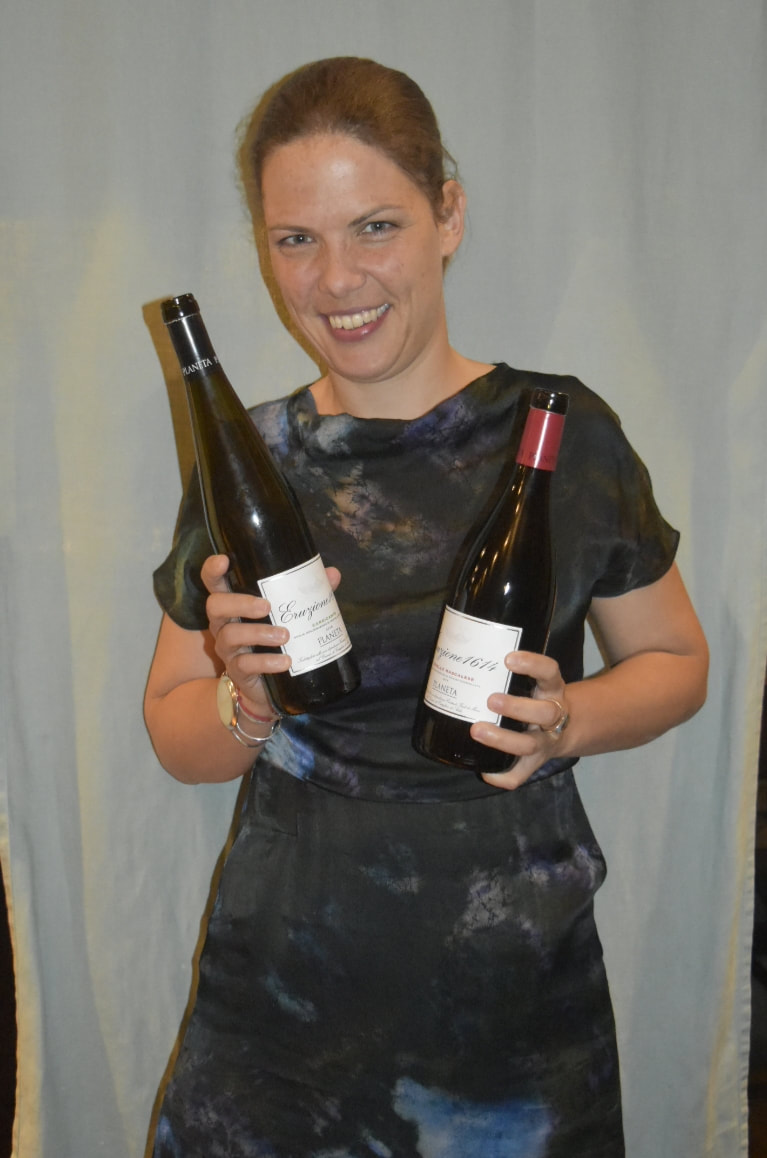
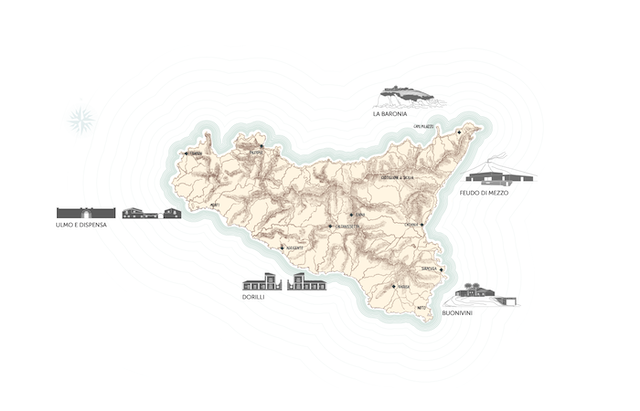
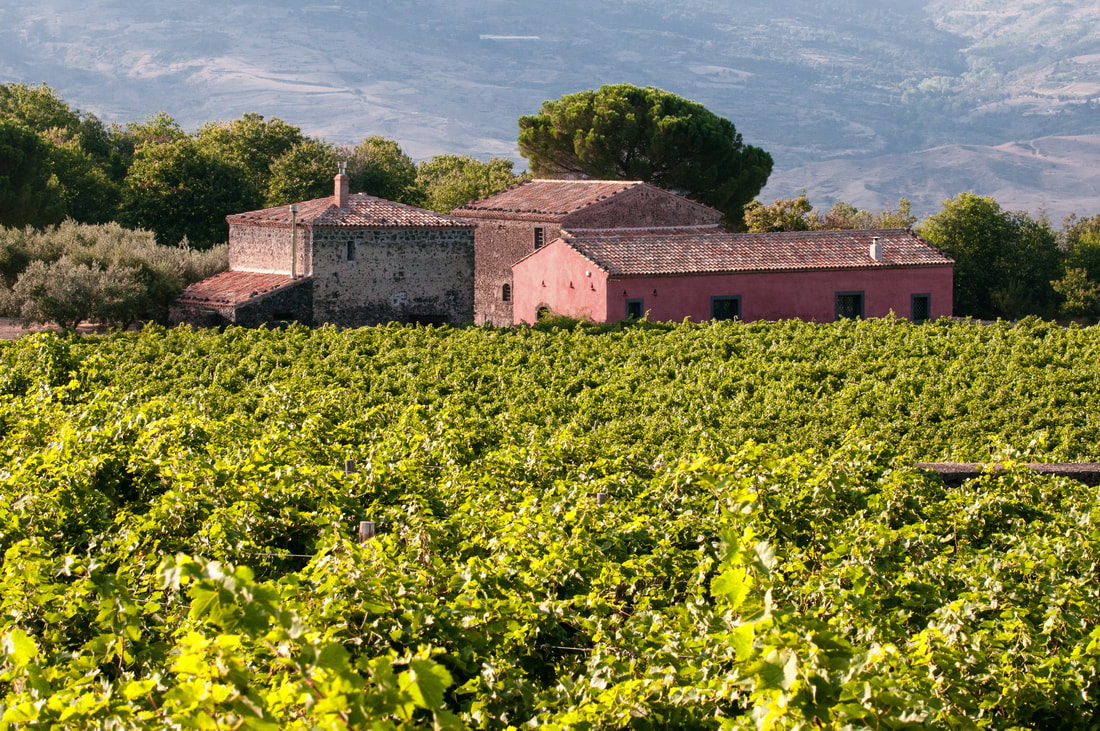
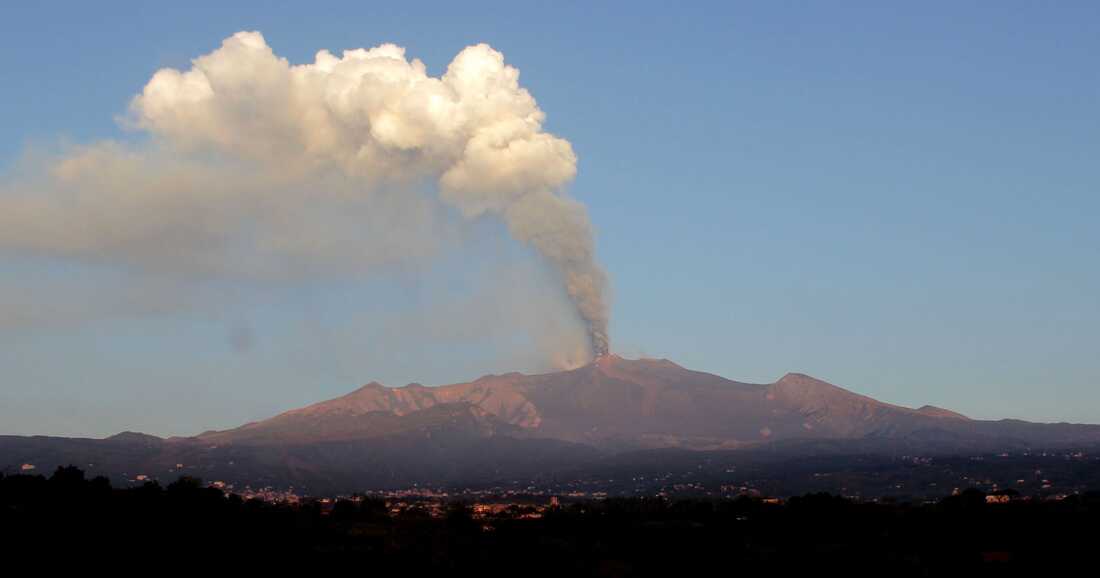
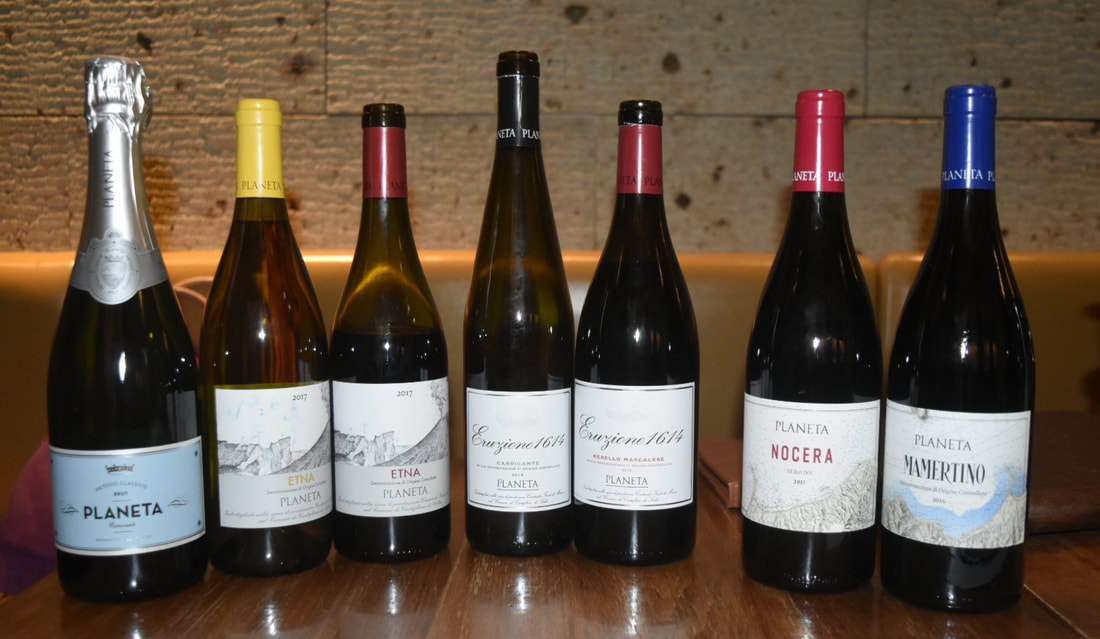
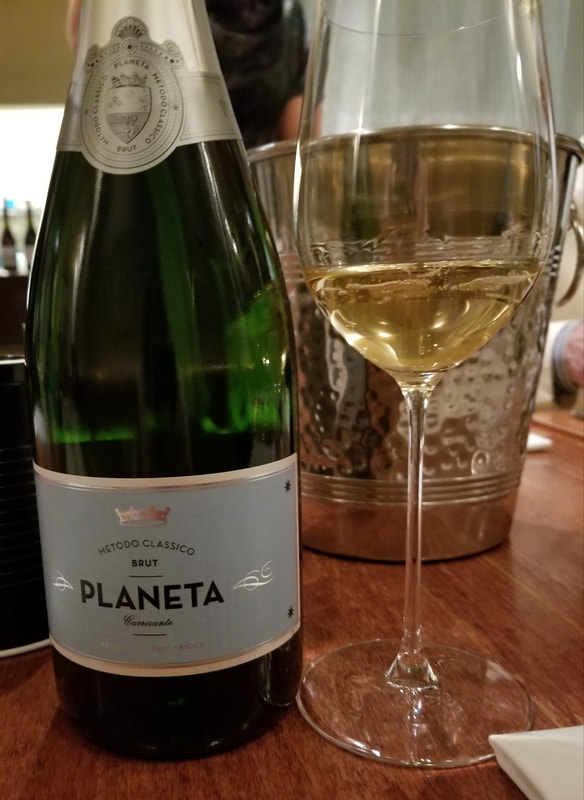
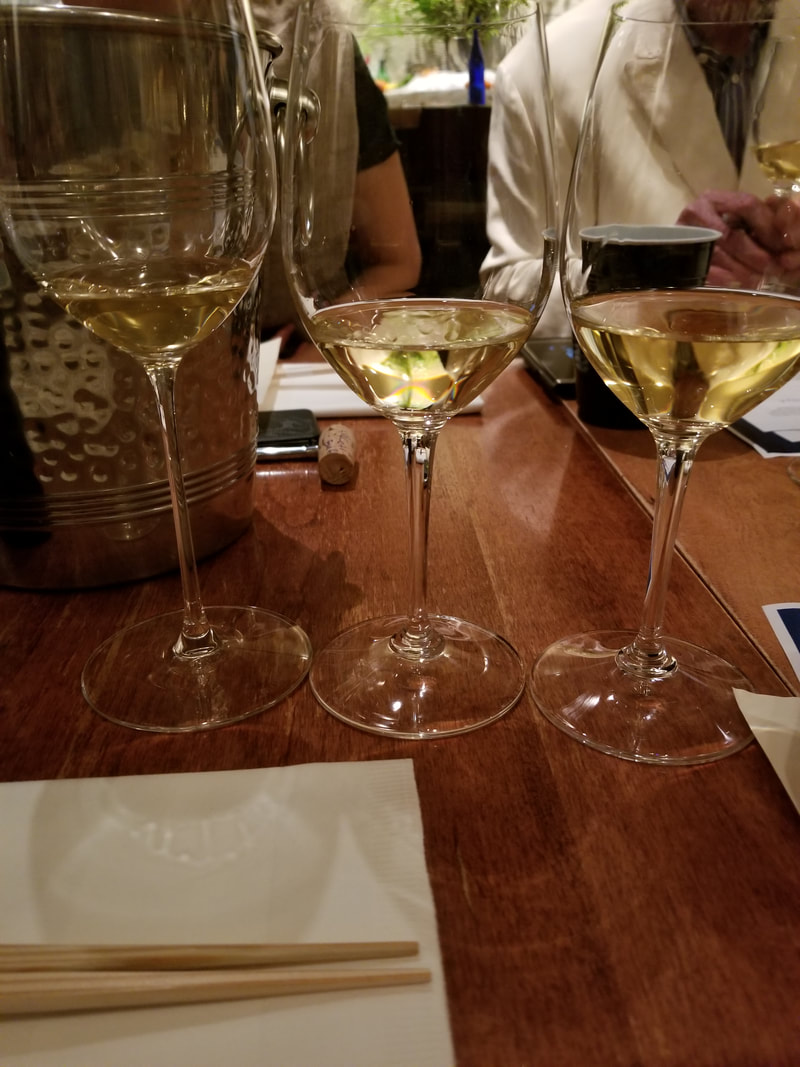
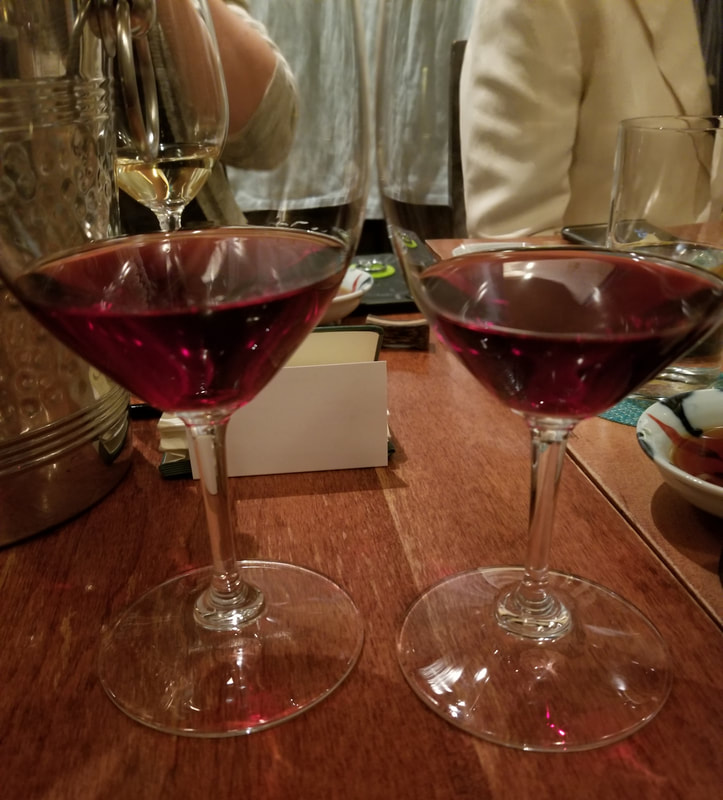
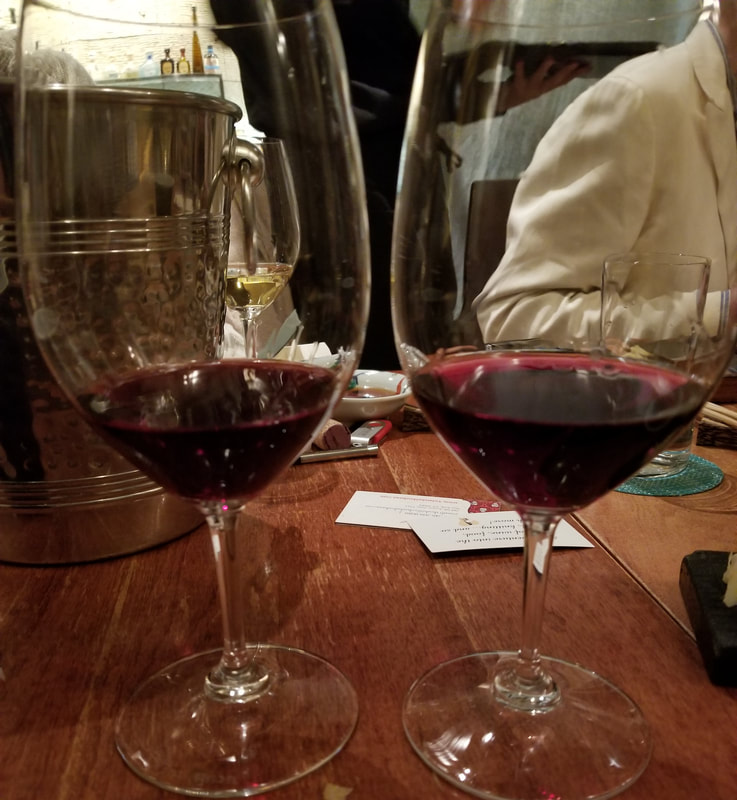
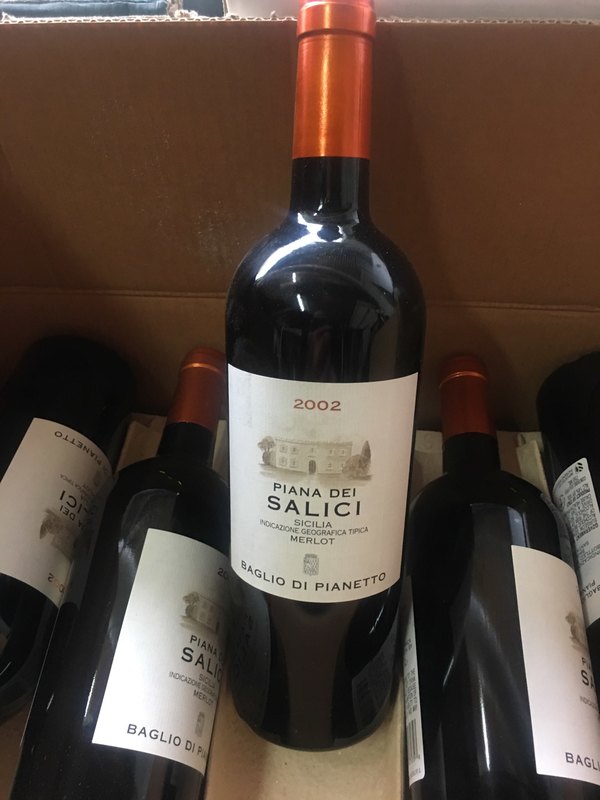
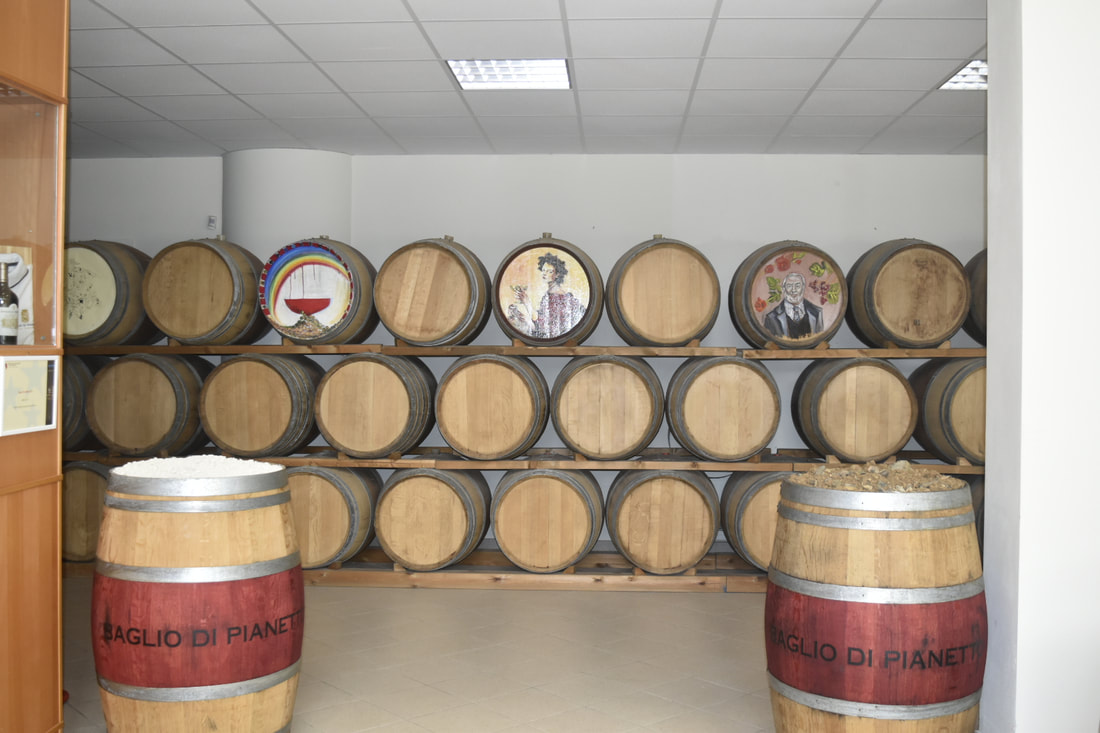
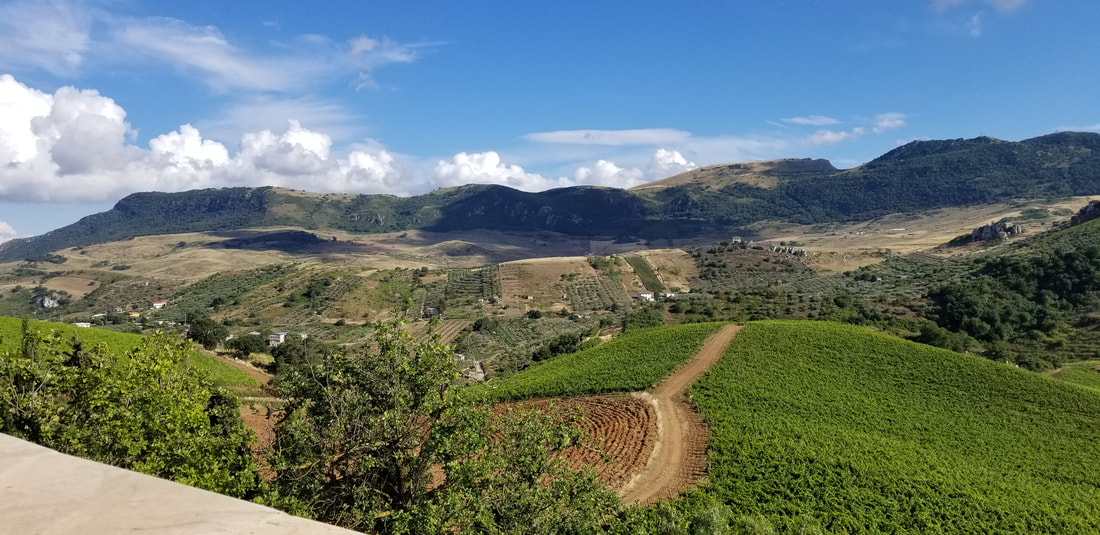
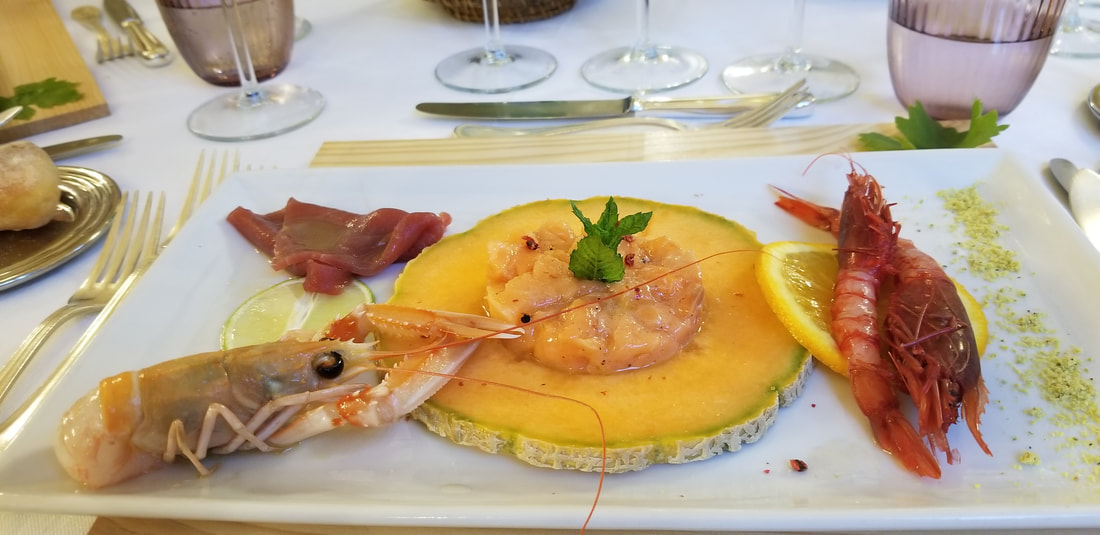
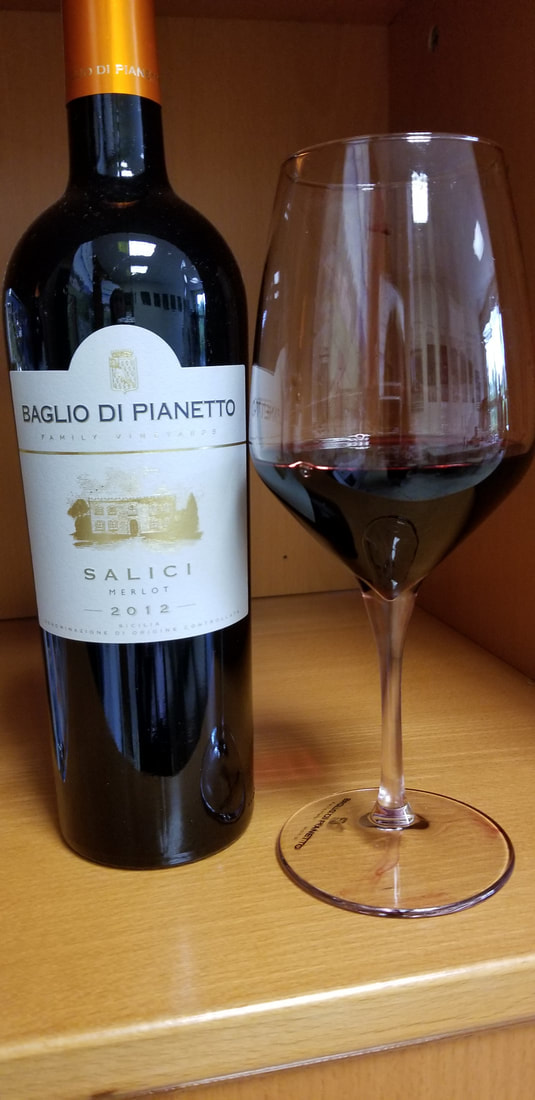
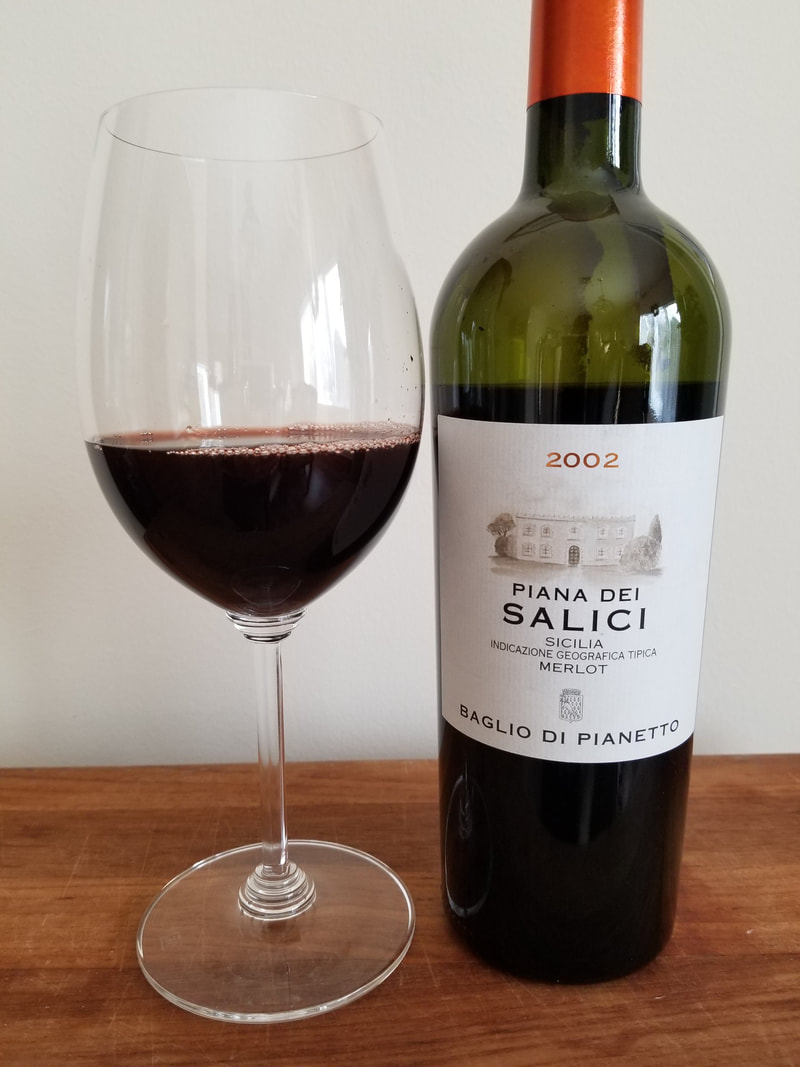
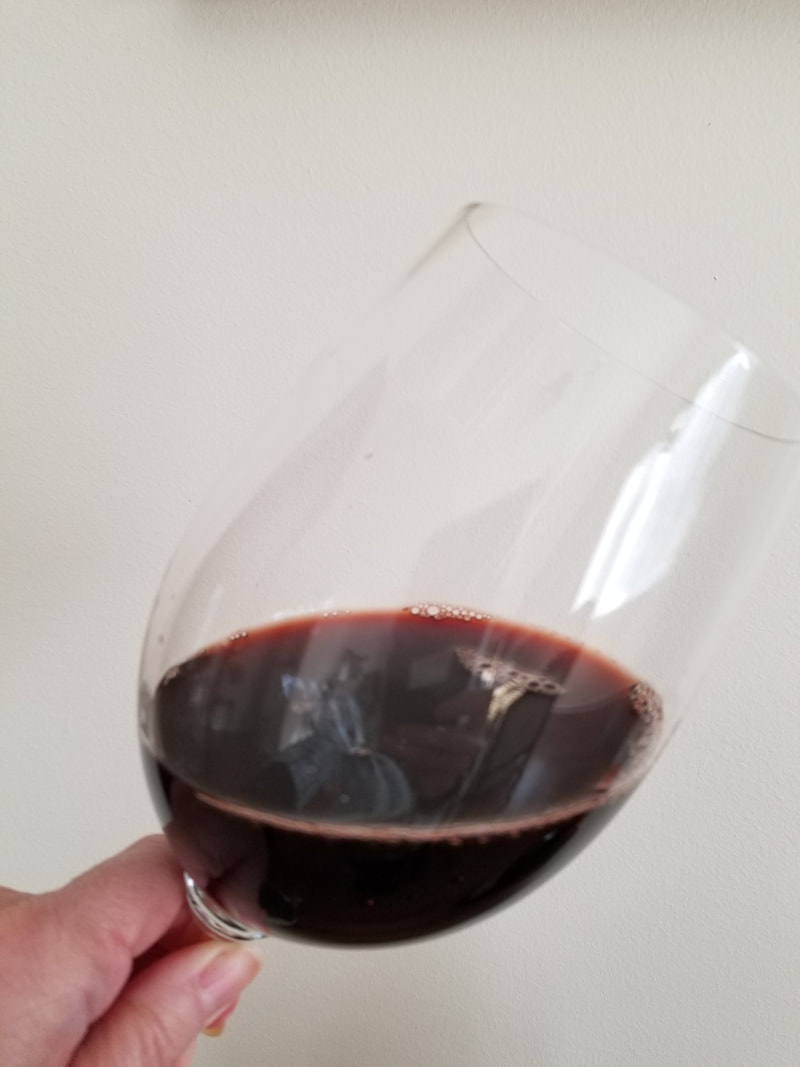
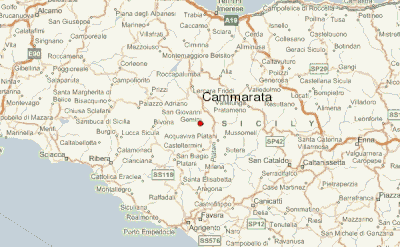
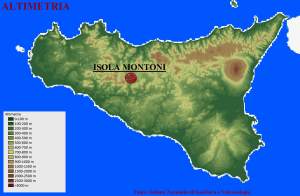
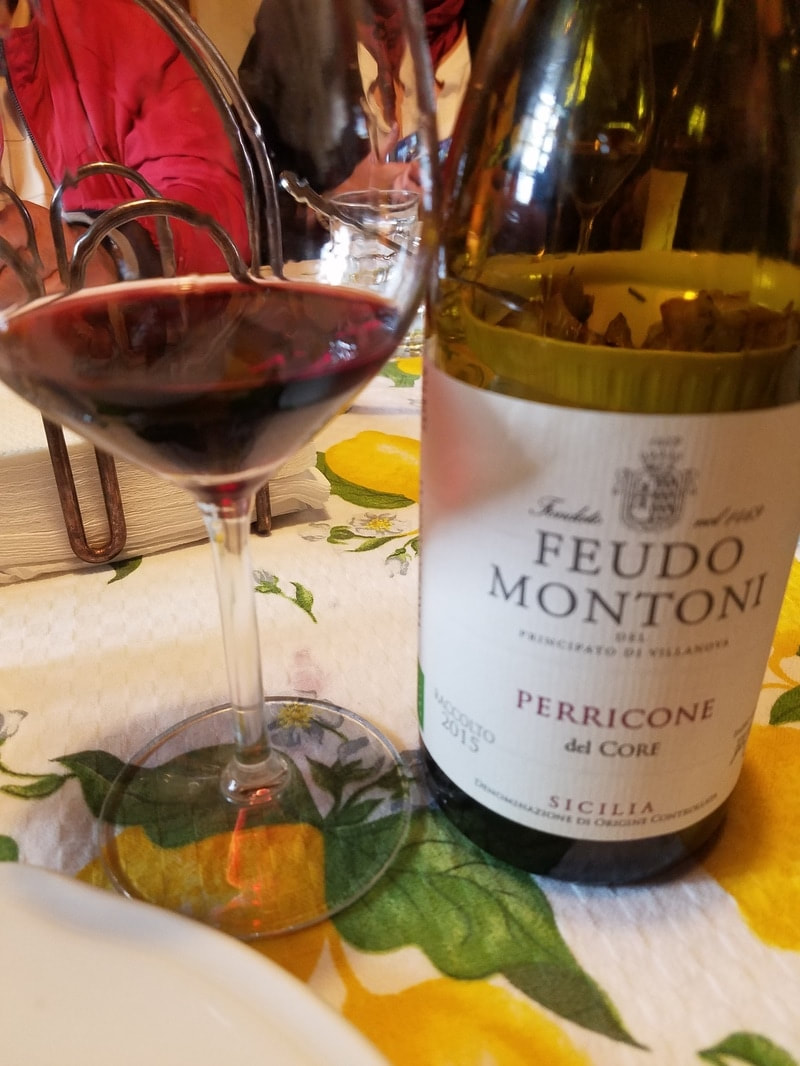
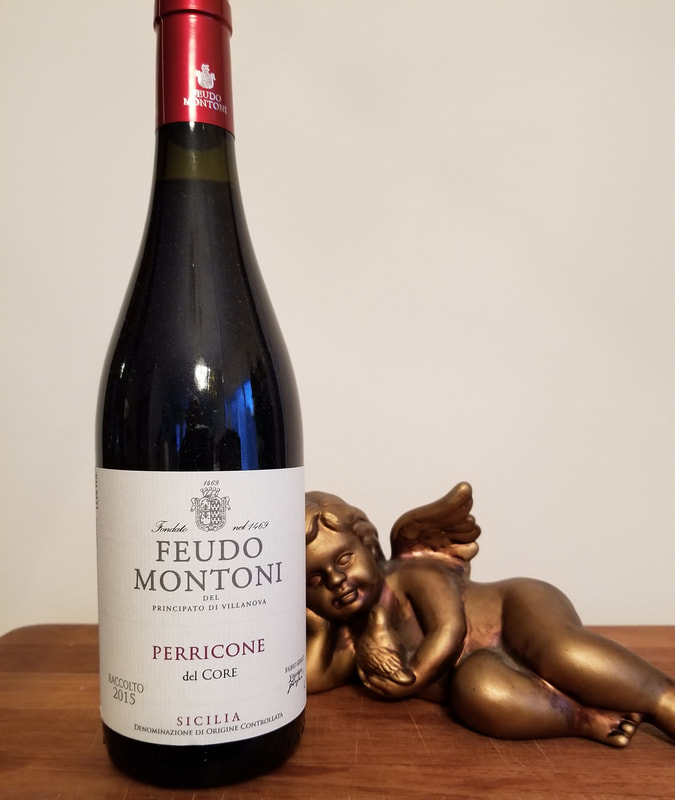
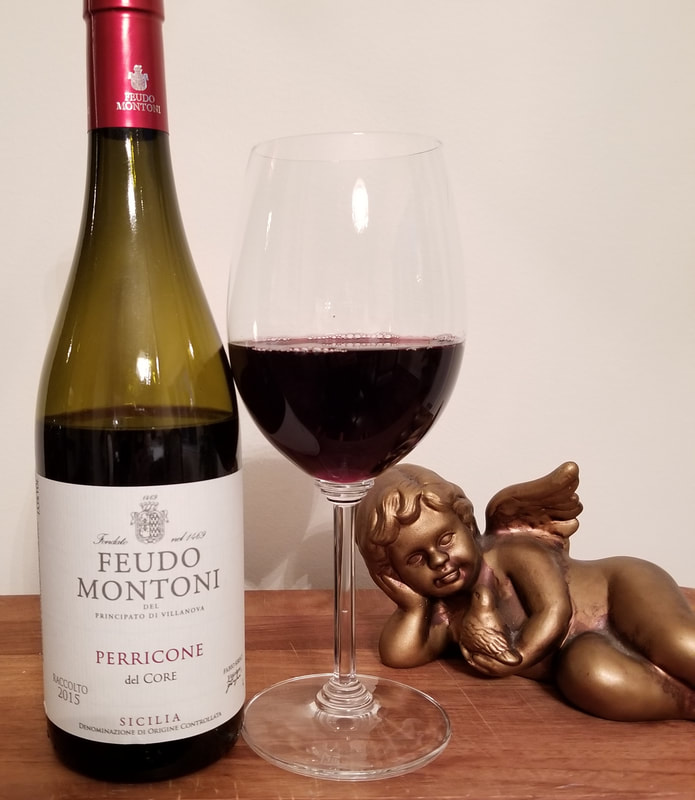
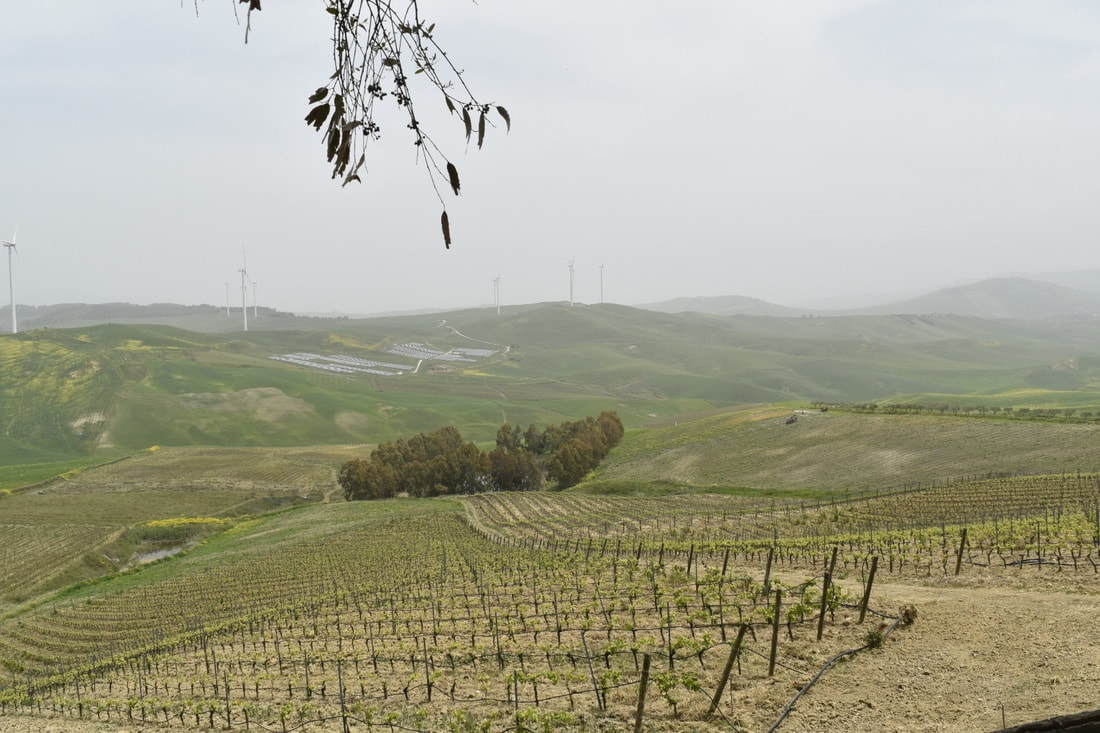
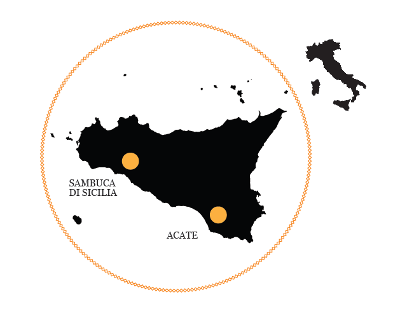
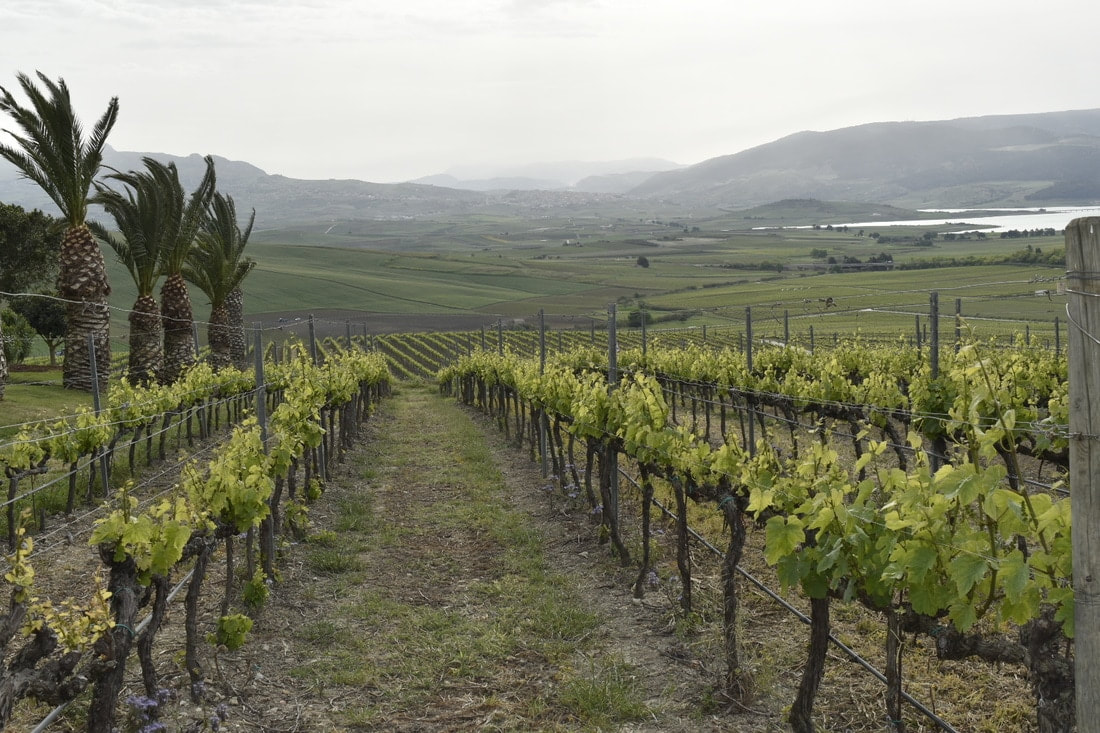
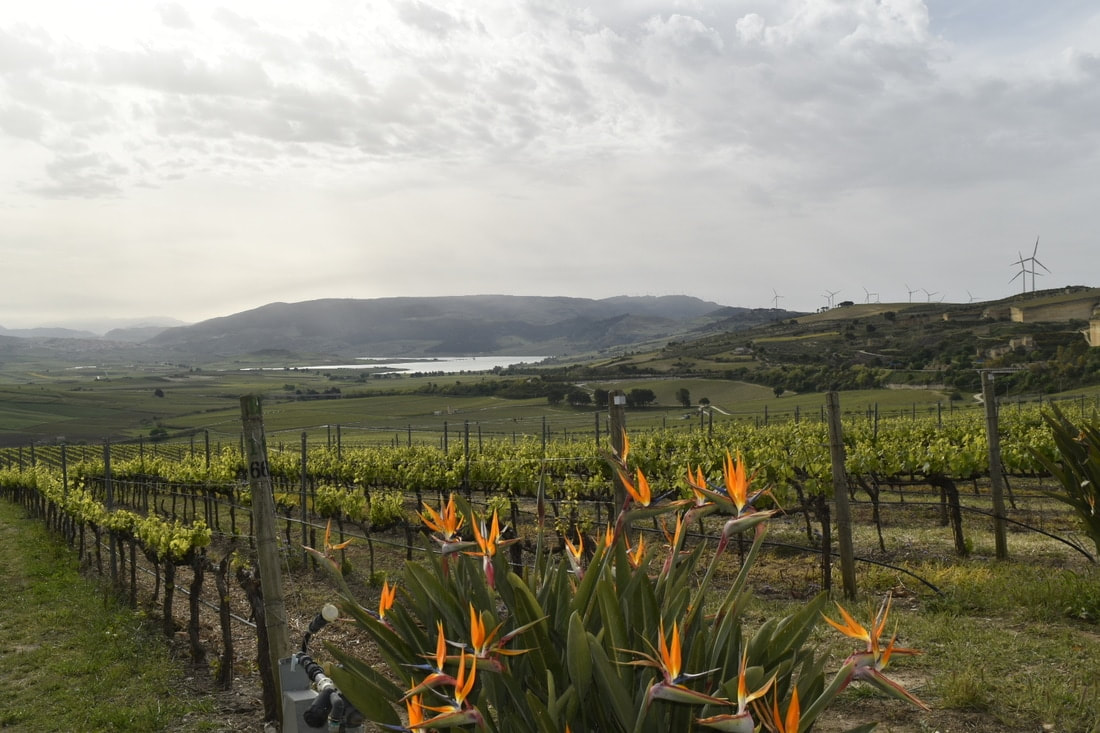
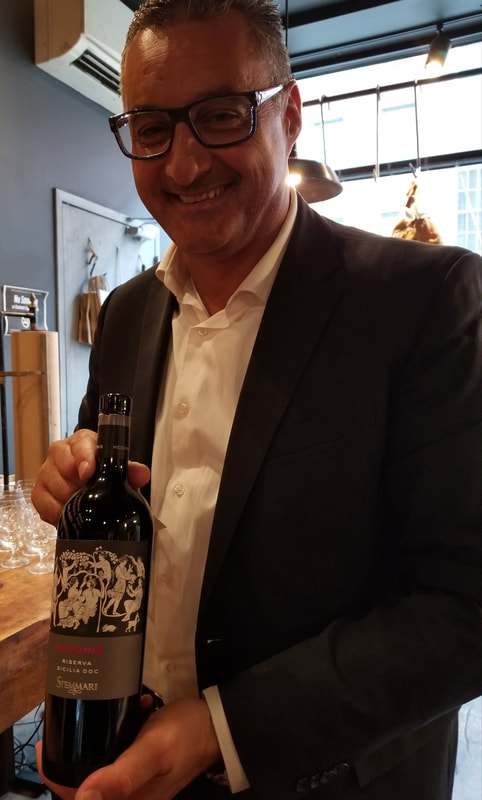
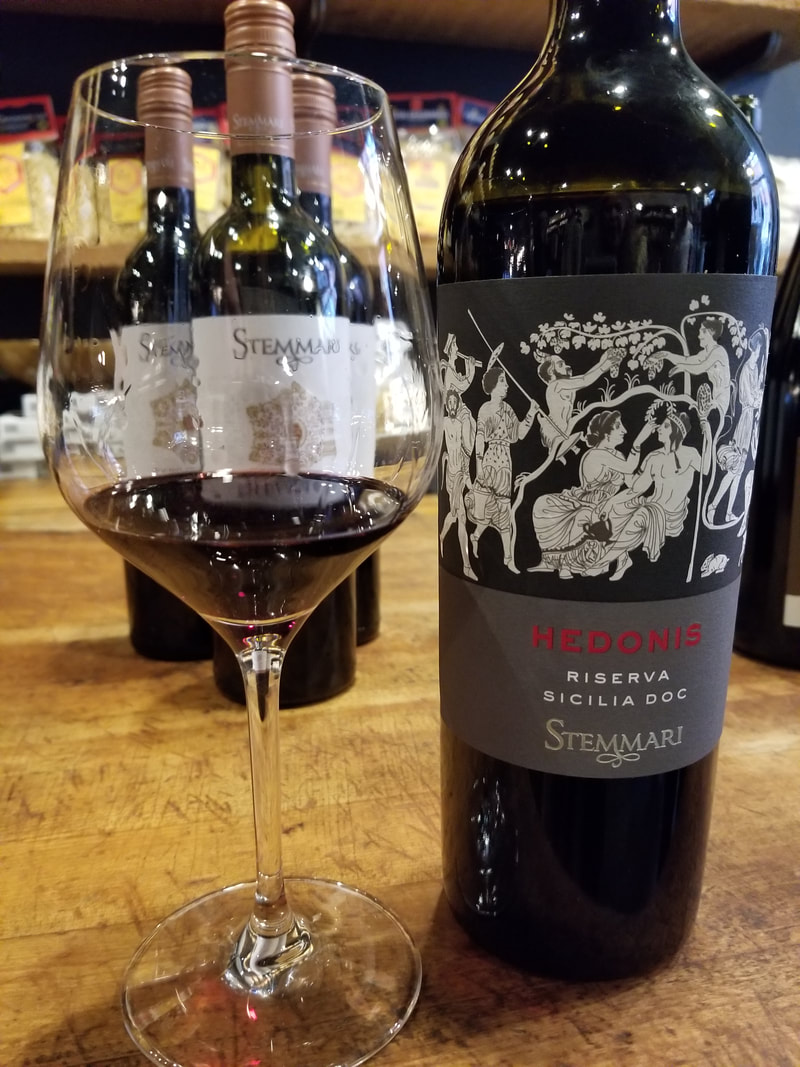
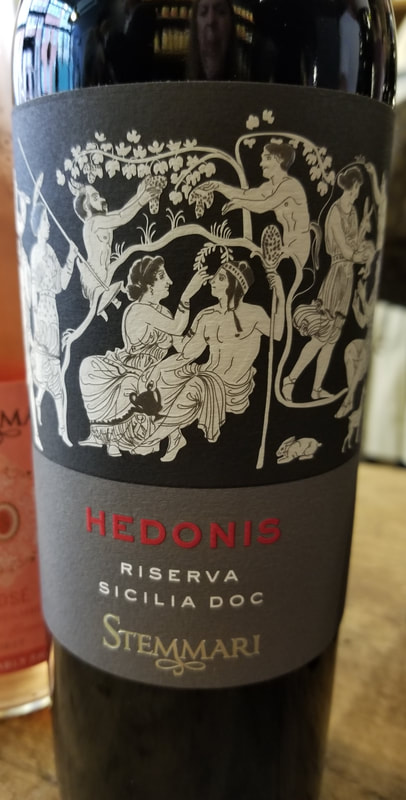
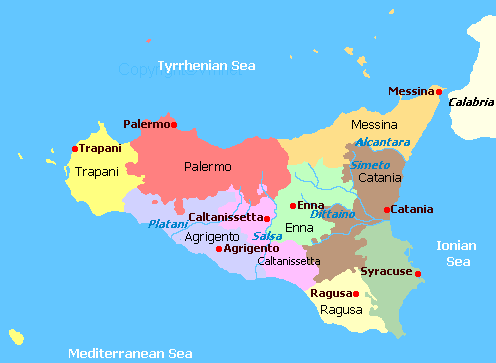
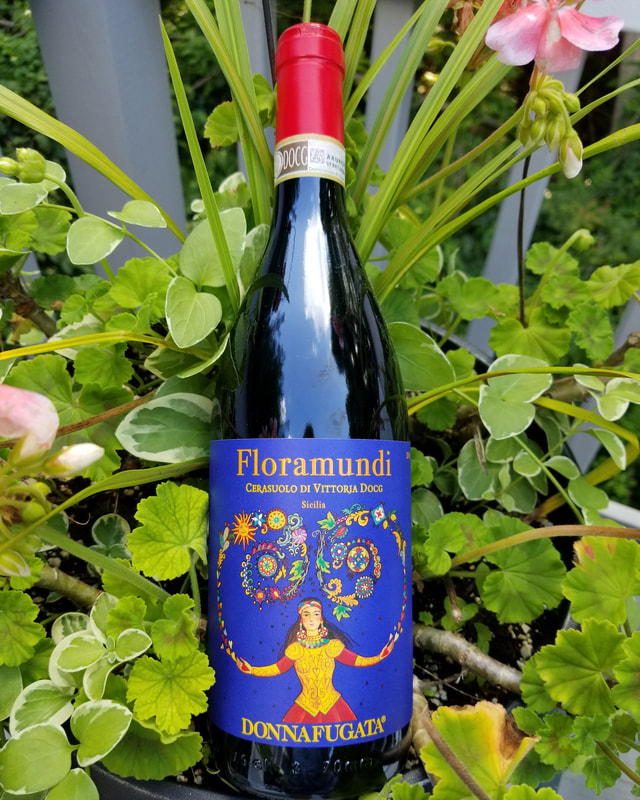
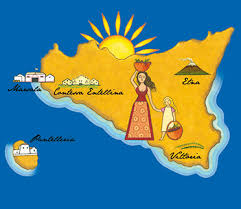
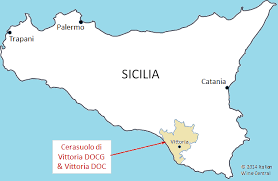
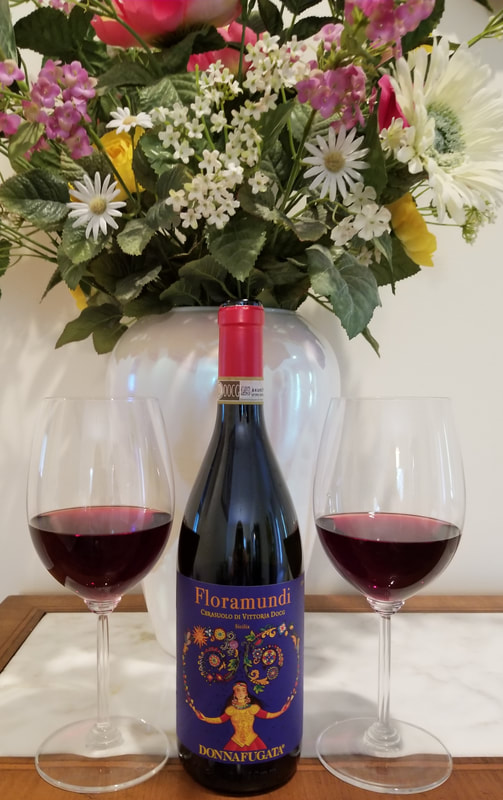
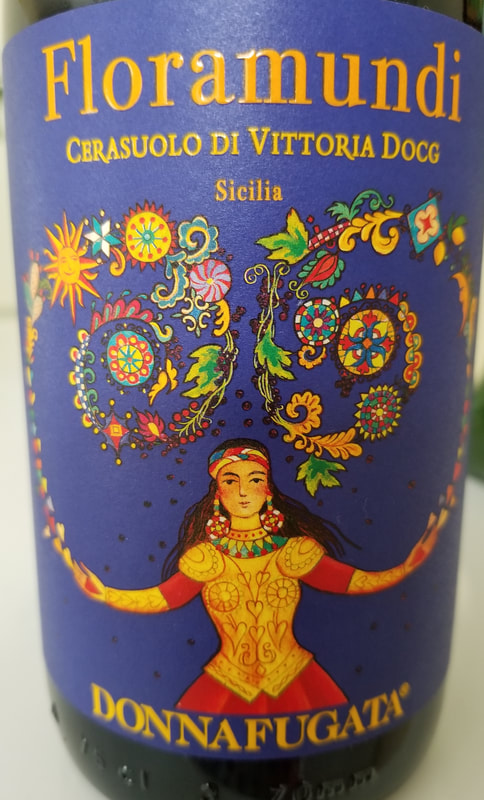
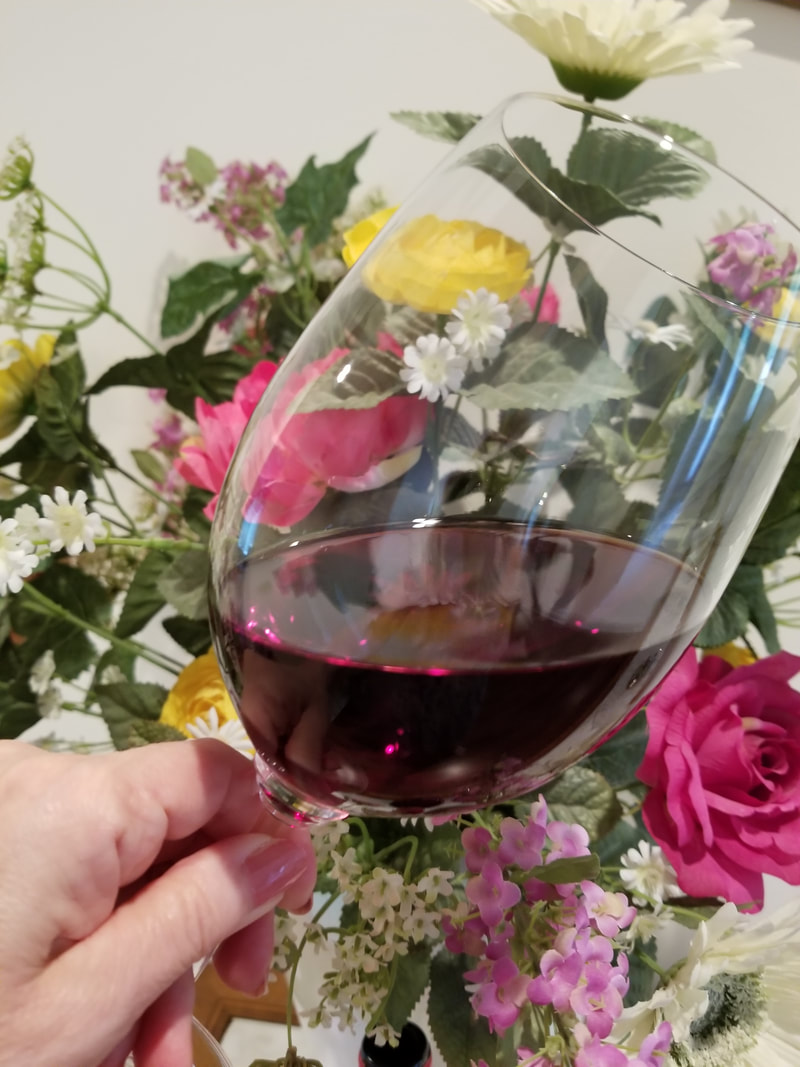
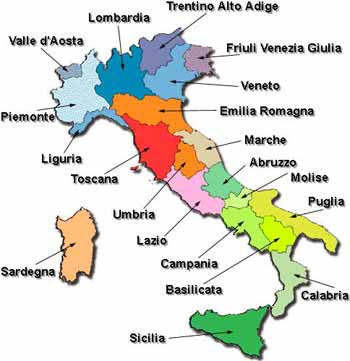
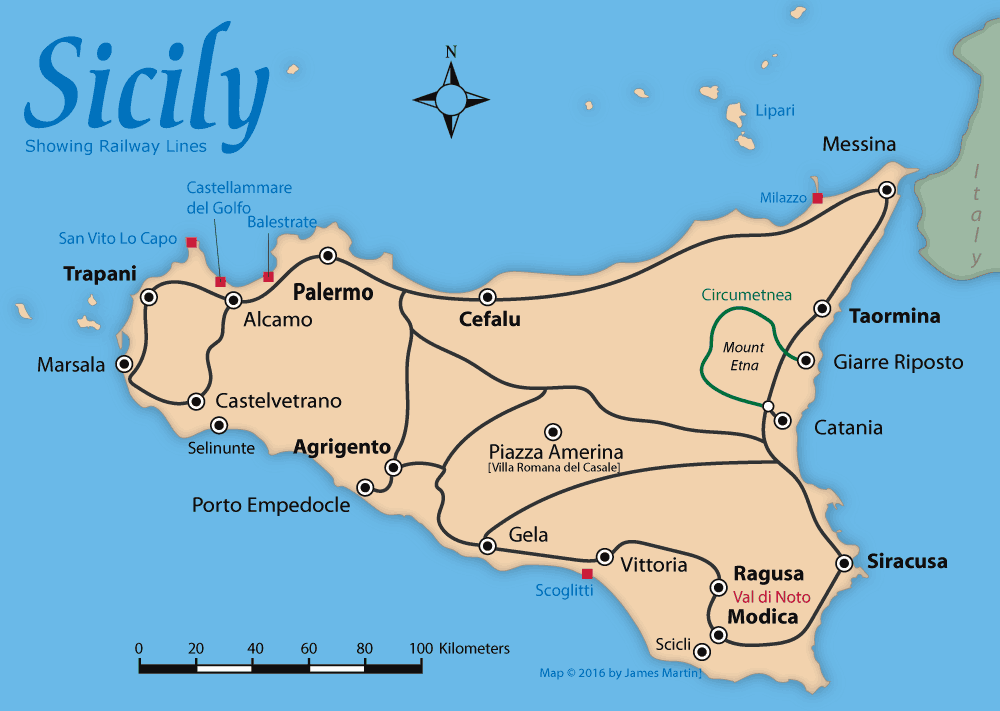
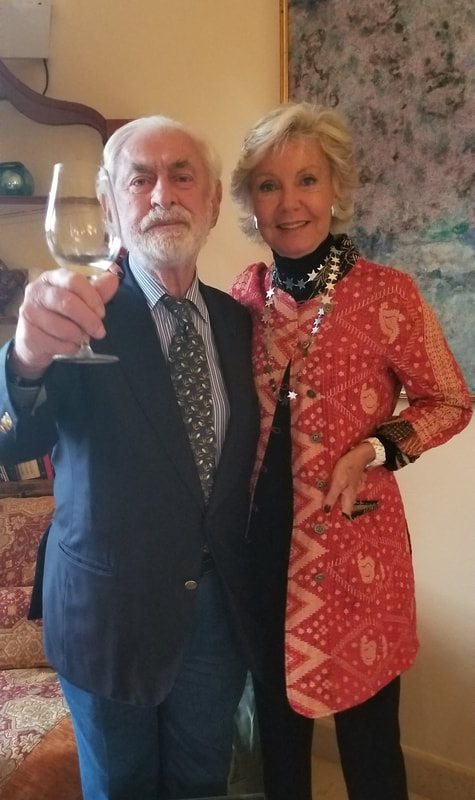
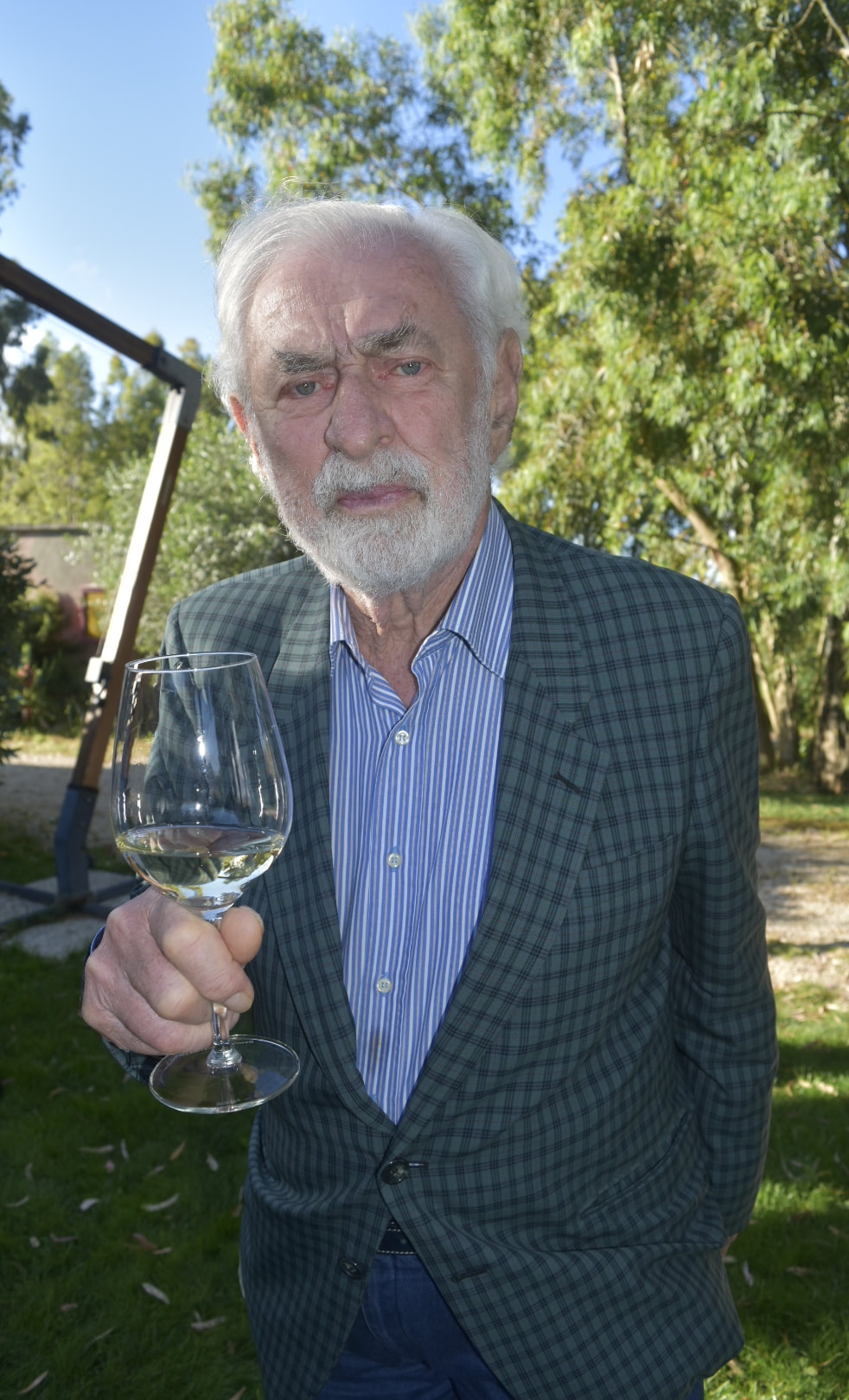
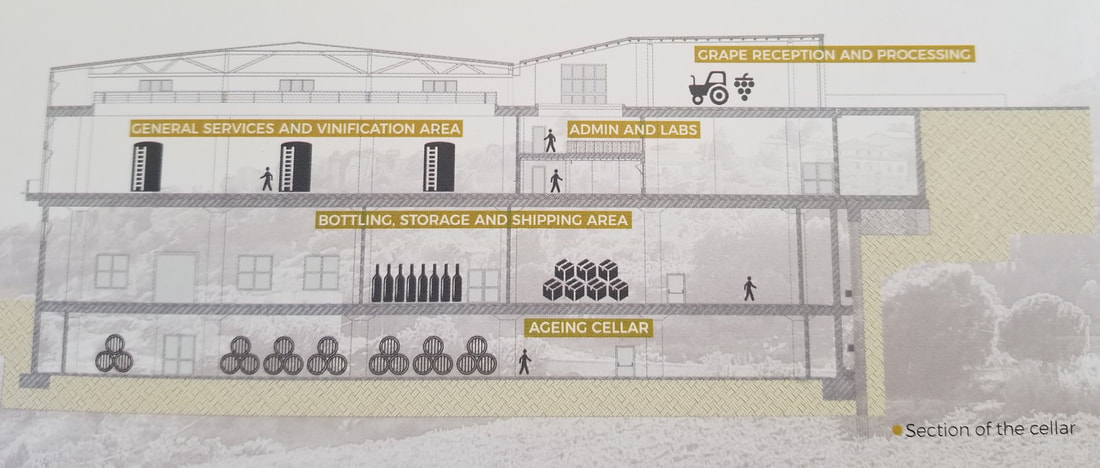
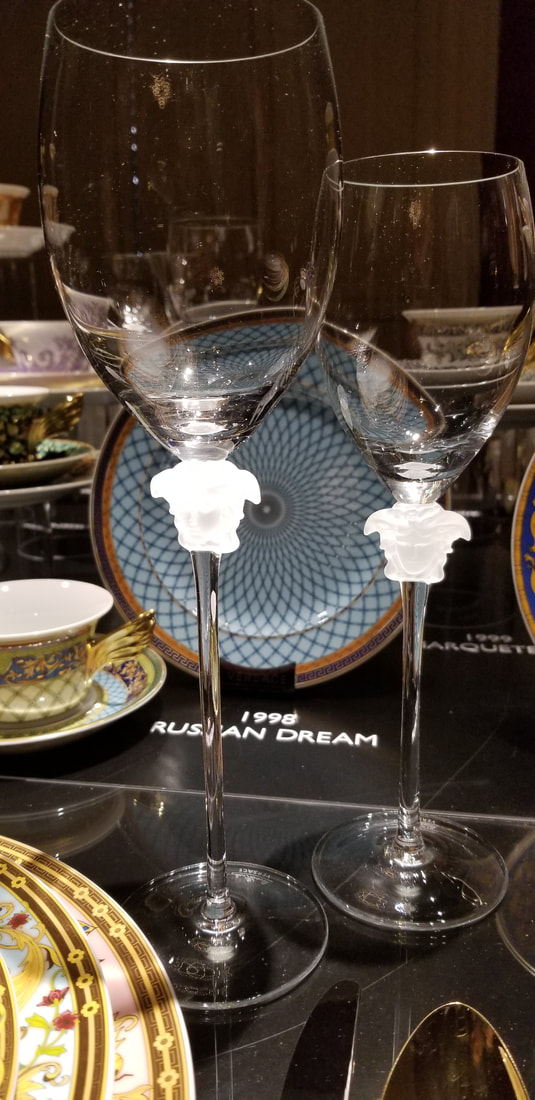
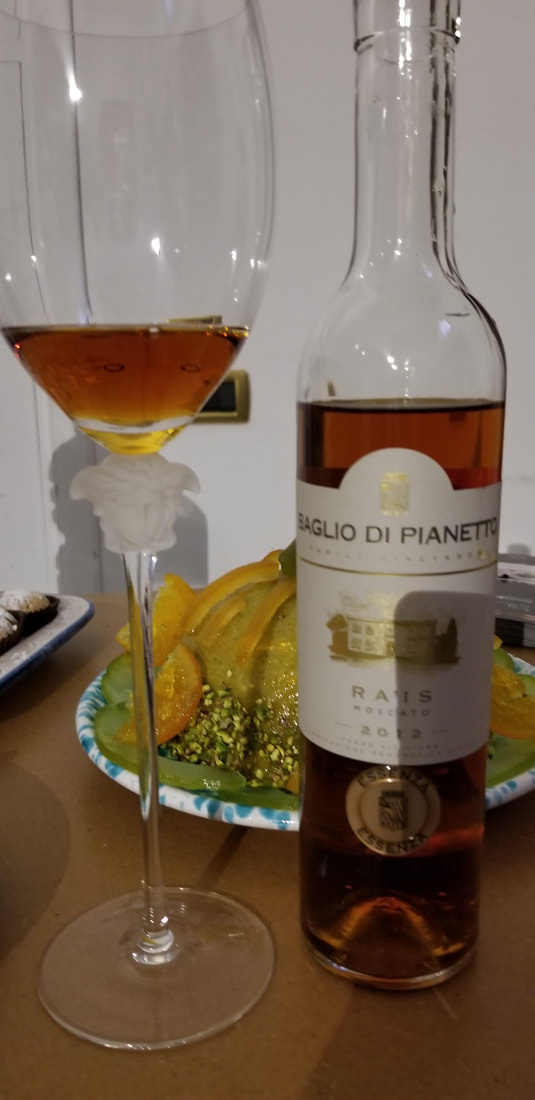
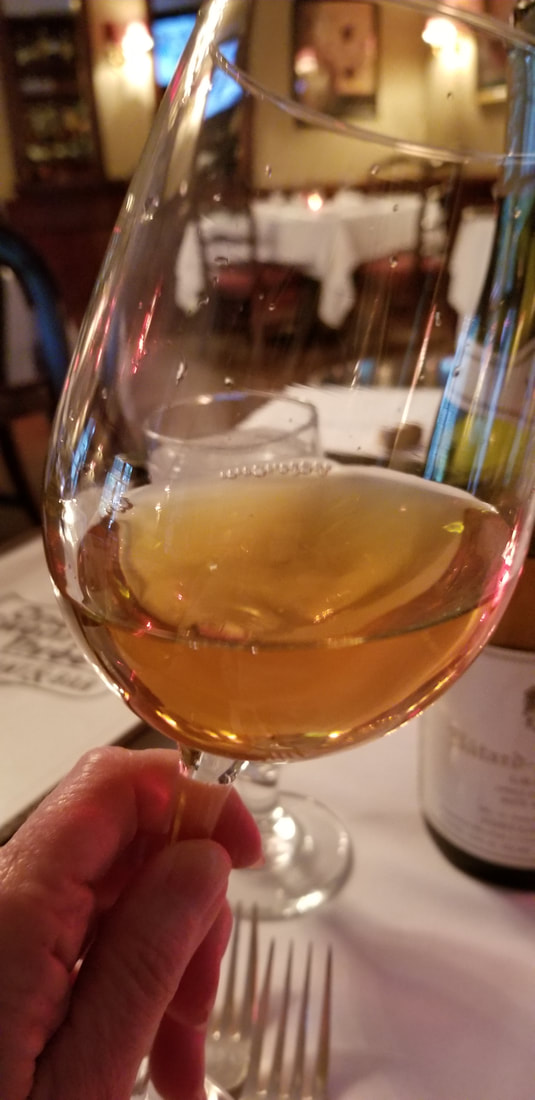


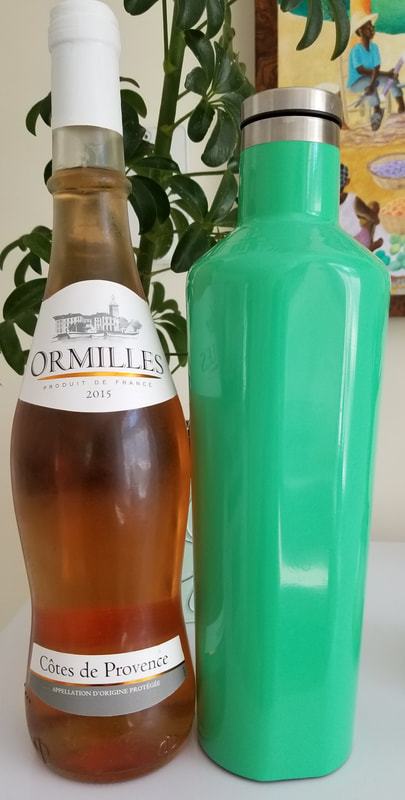
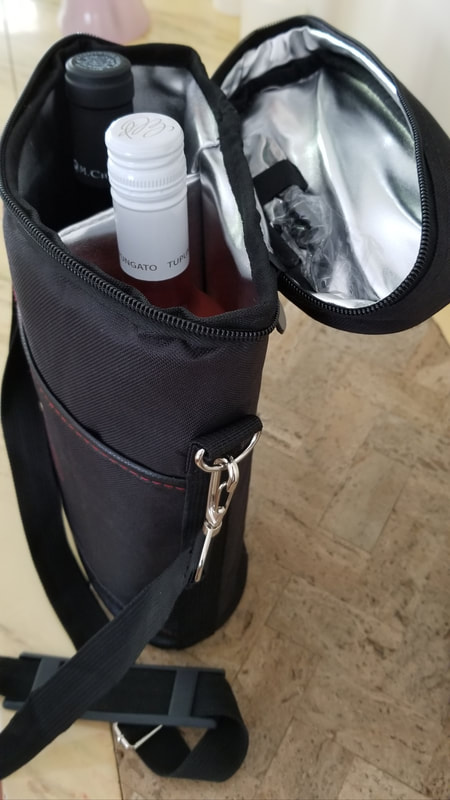
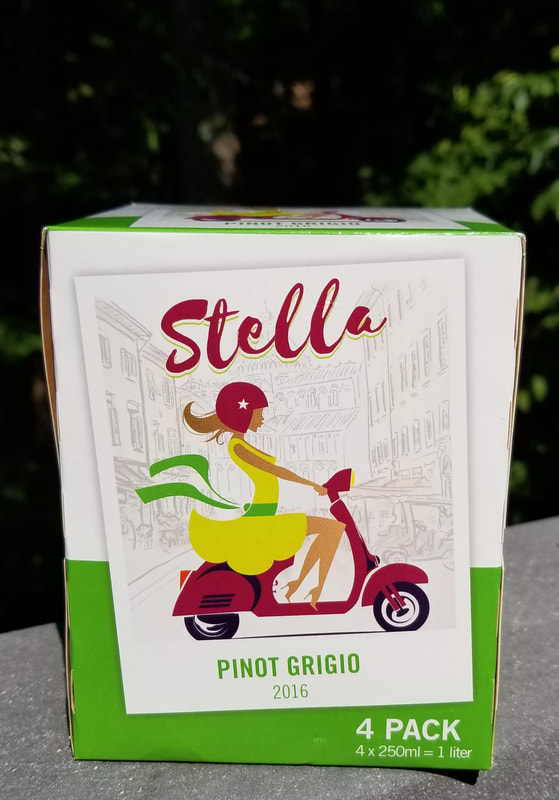

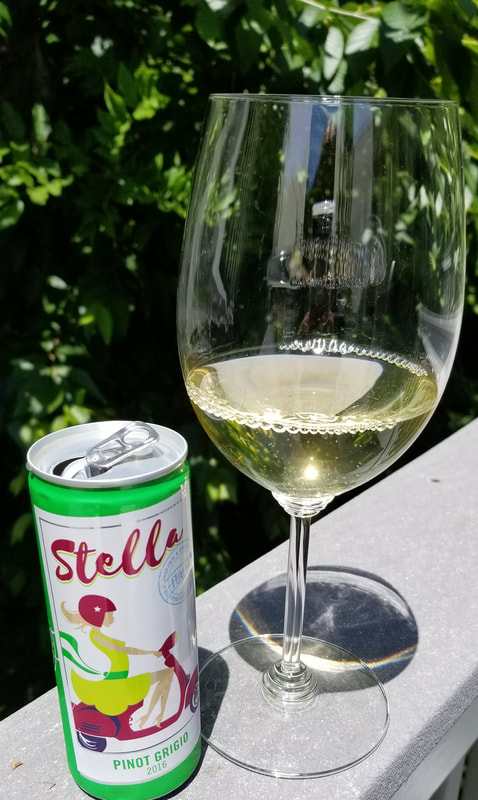

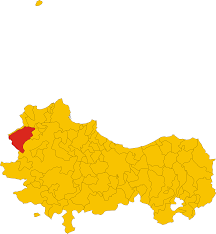
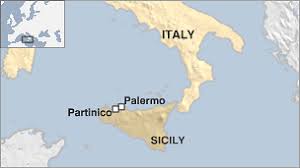
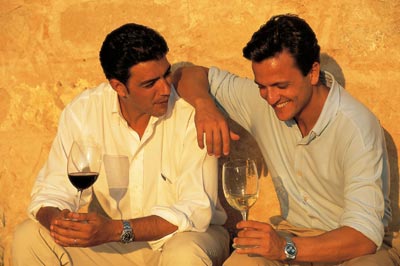
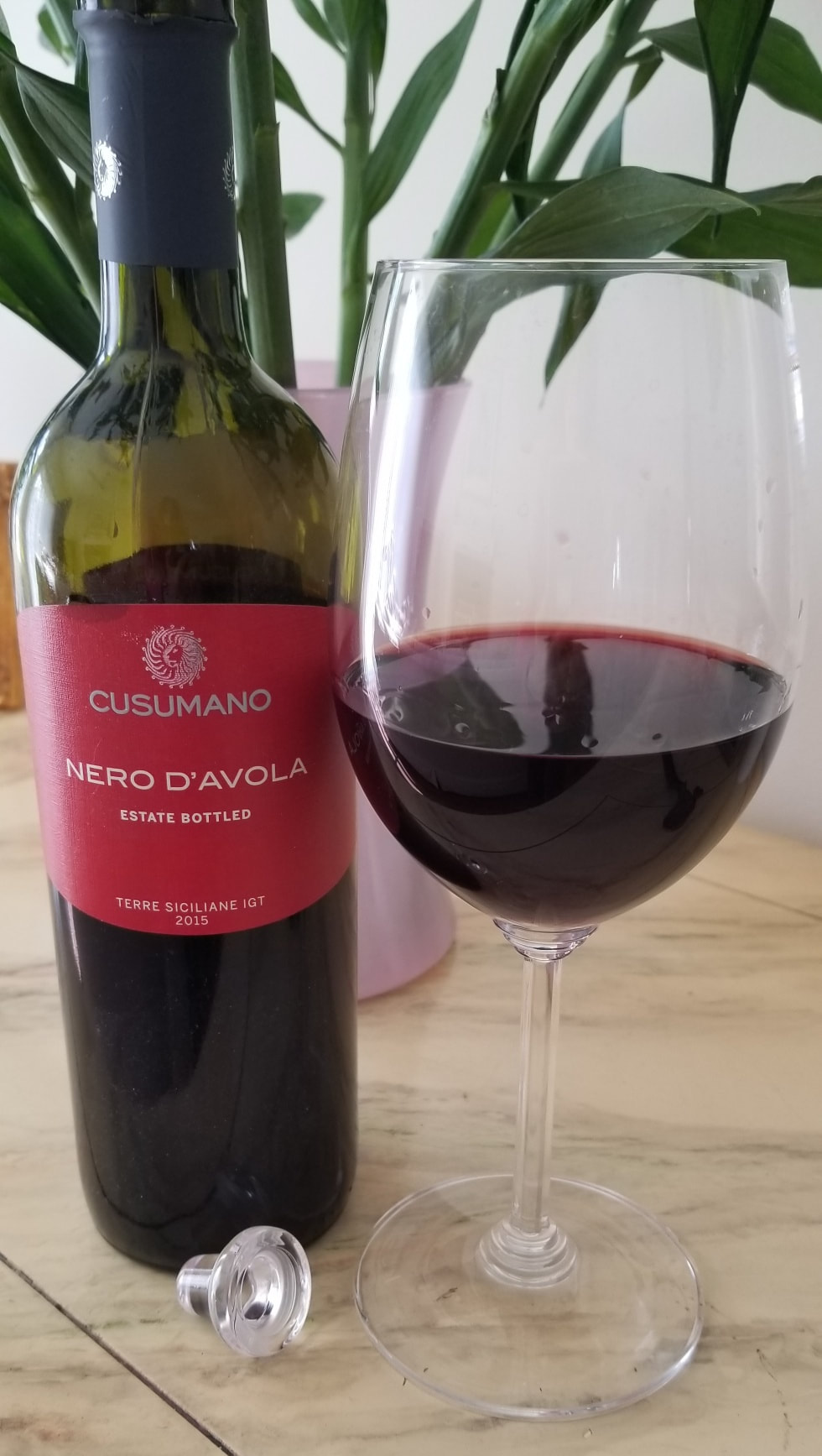
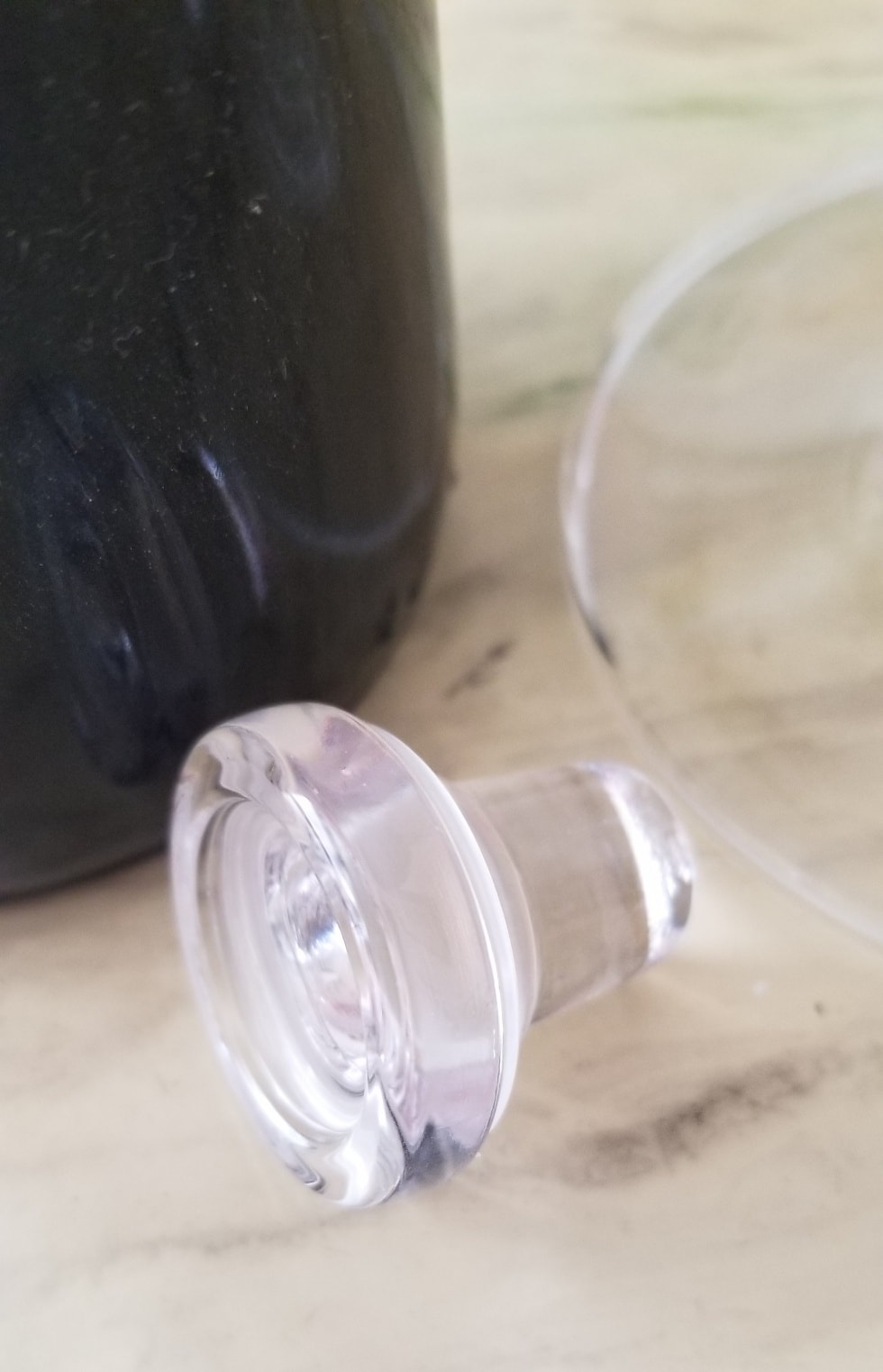
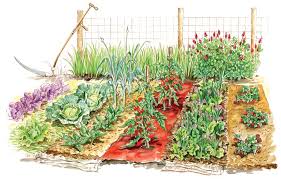
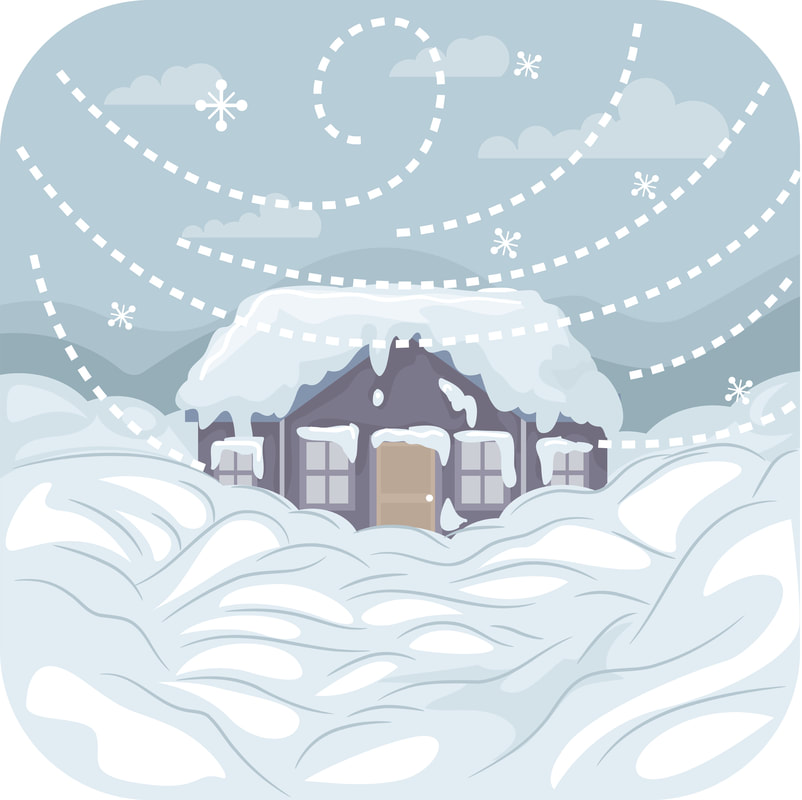

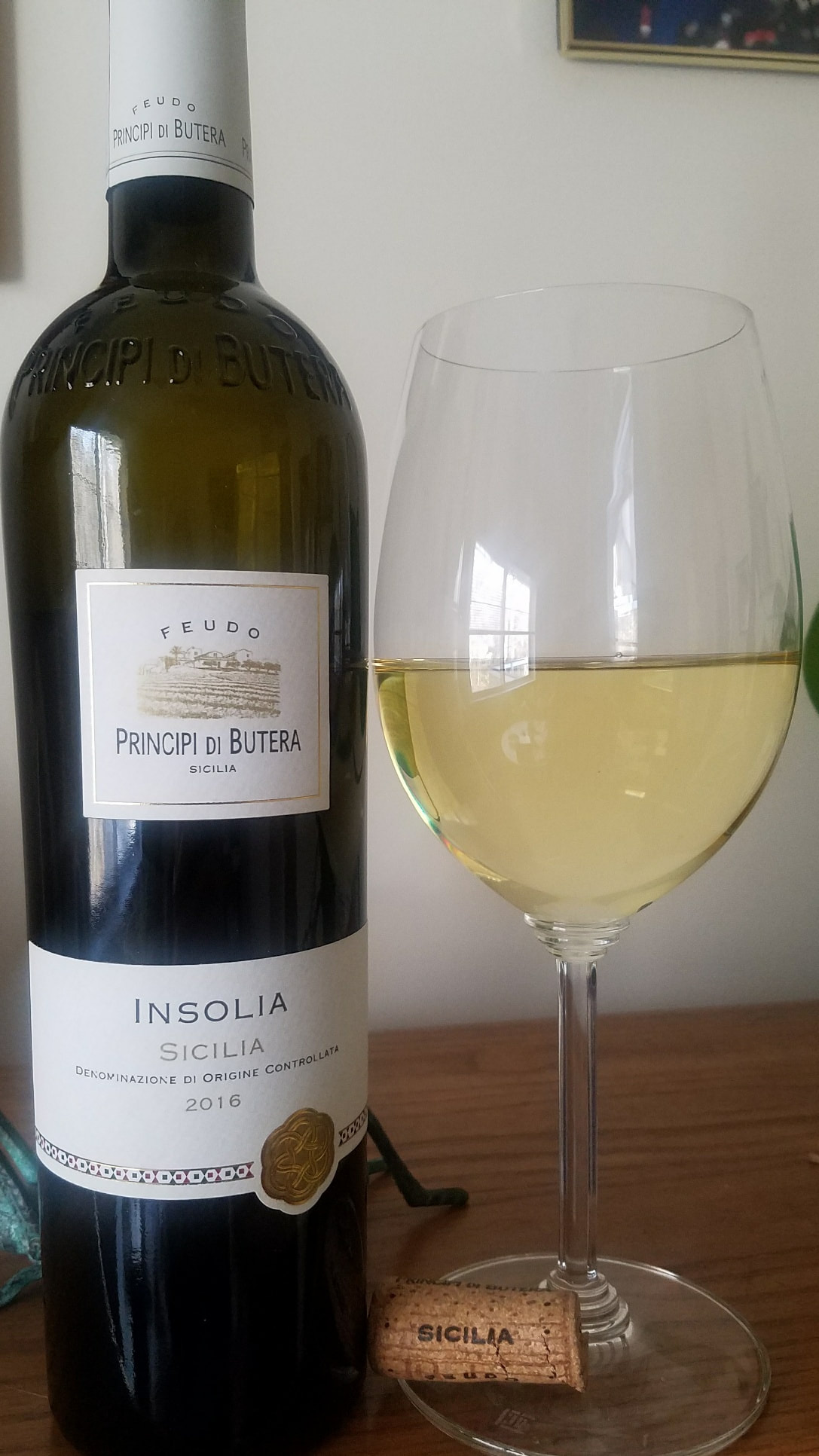
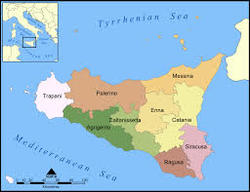
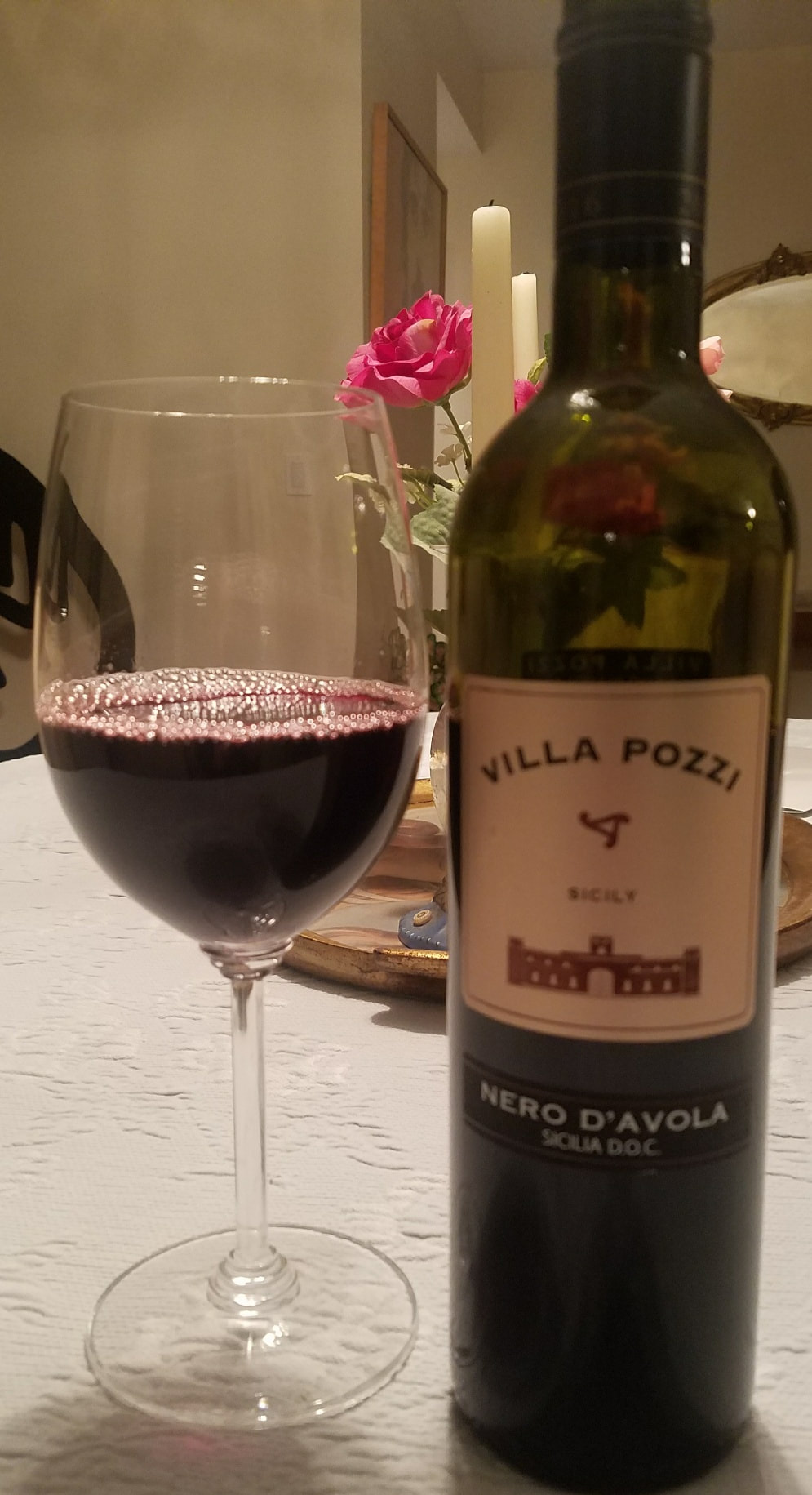
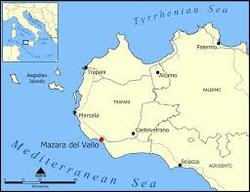
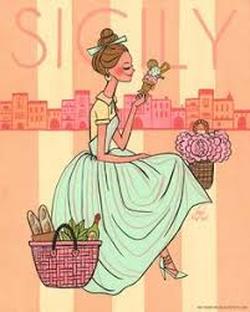

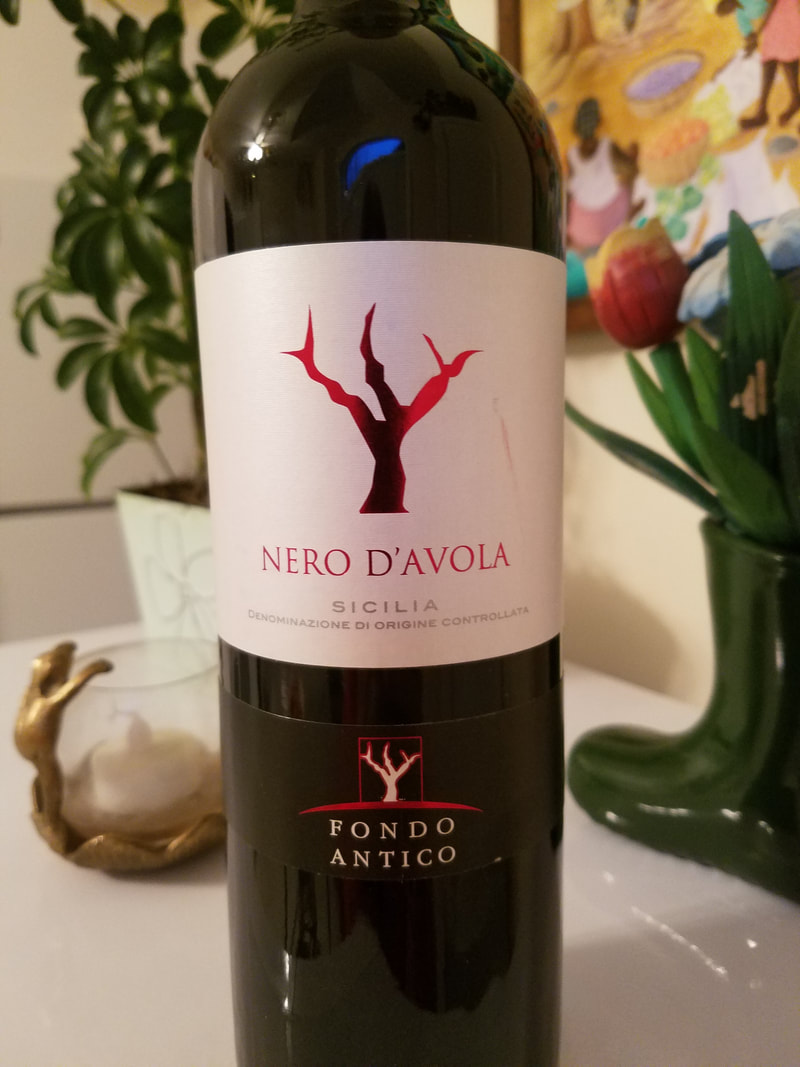
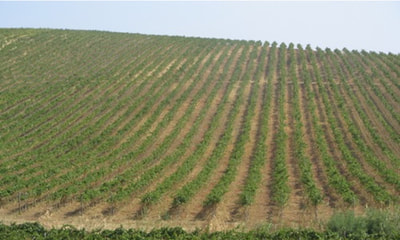
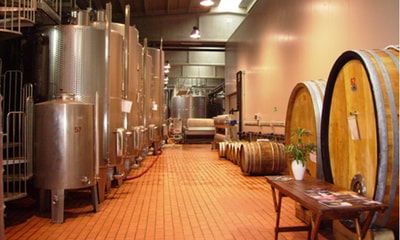
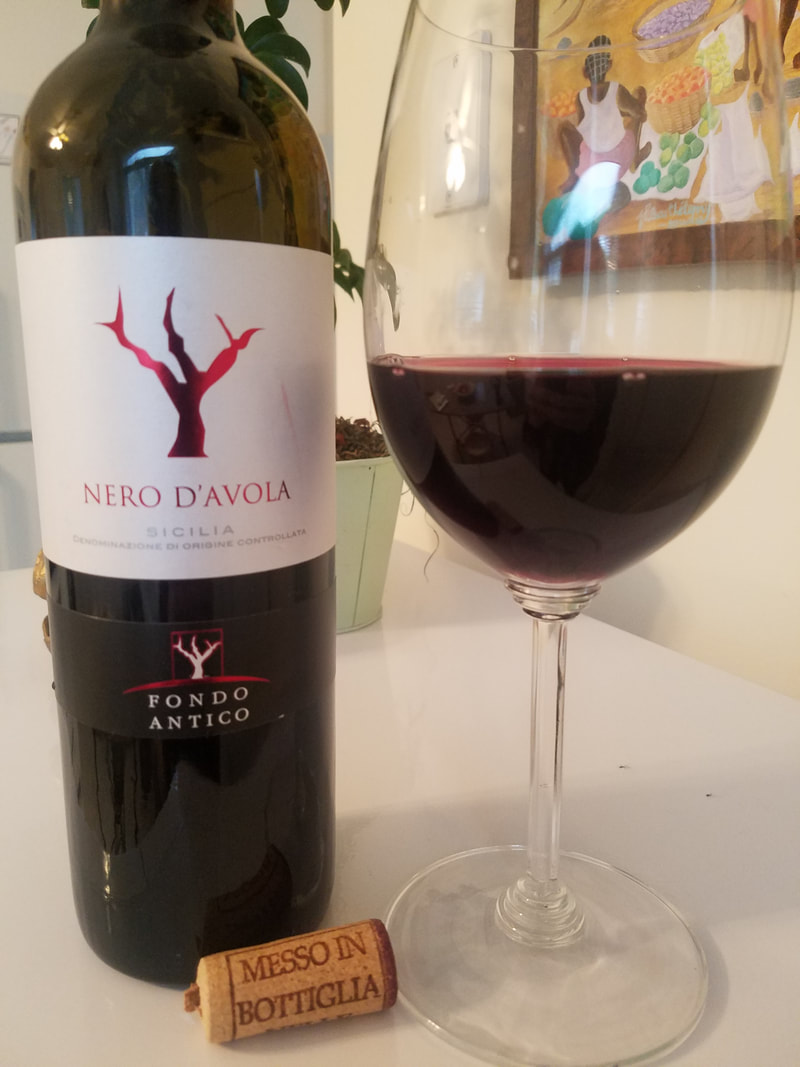
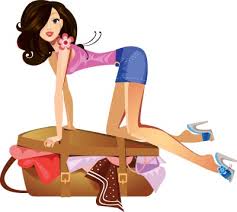
 RSS Feed
RSS Feed